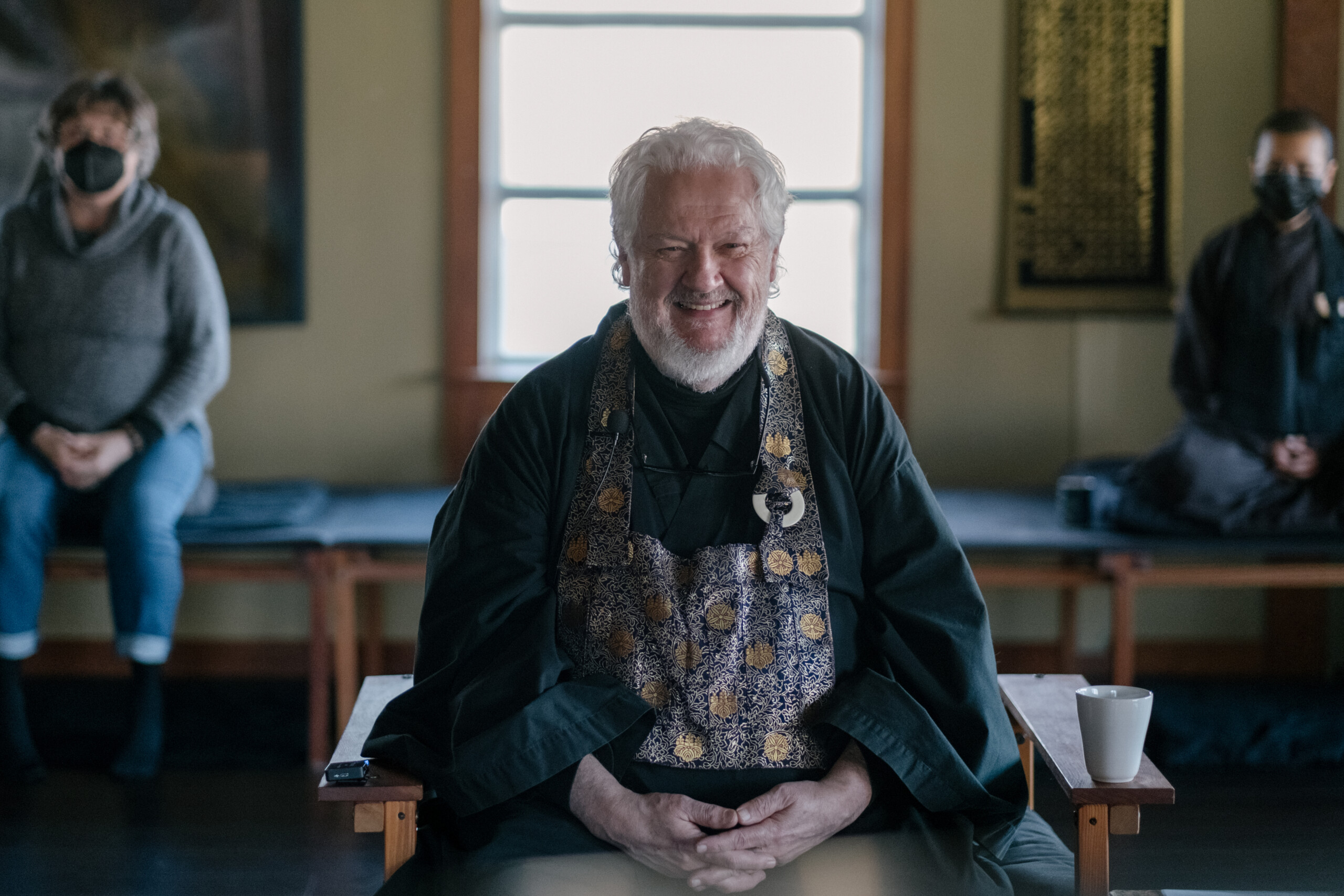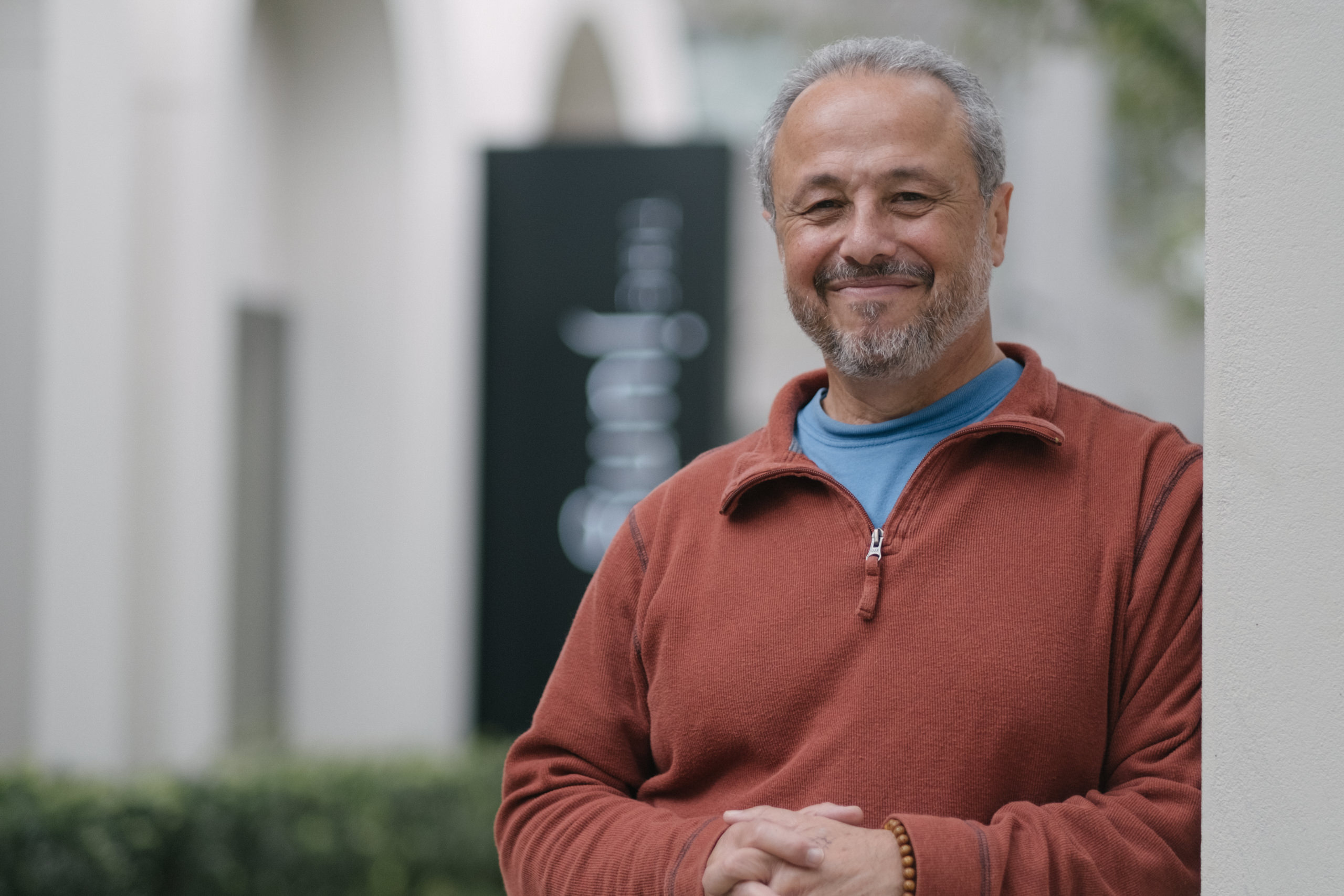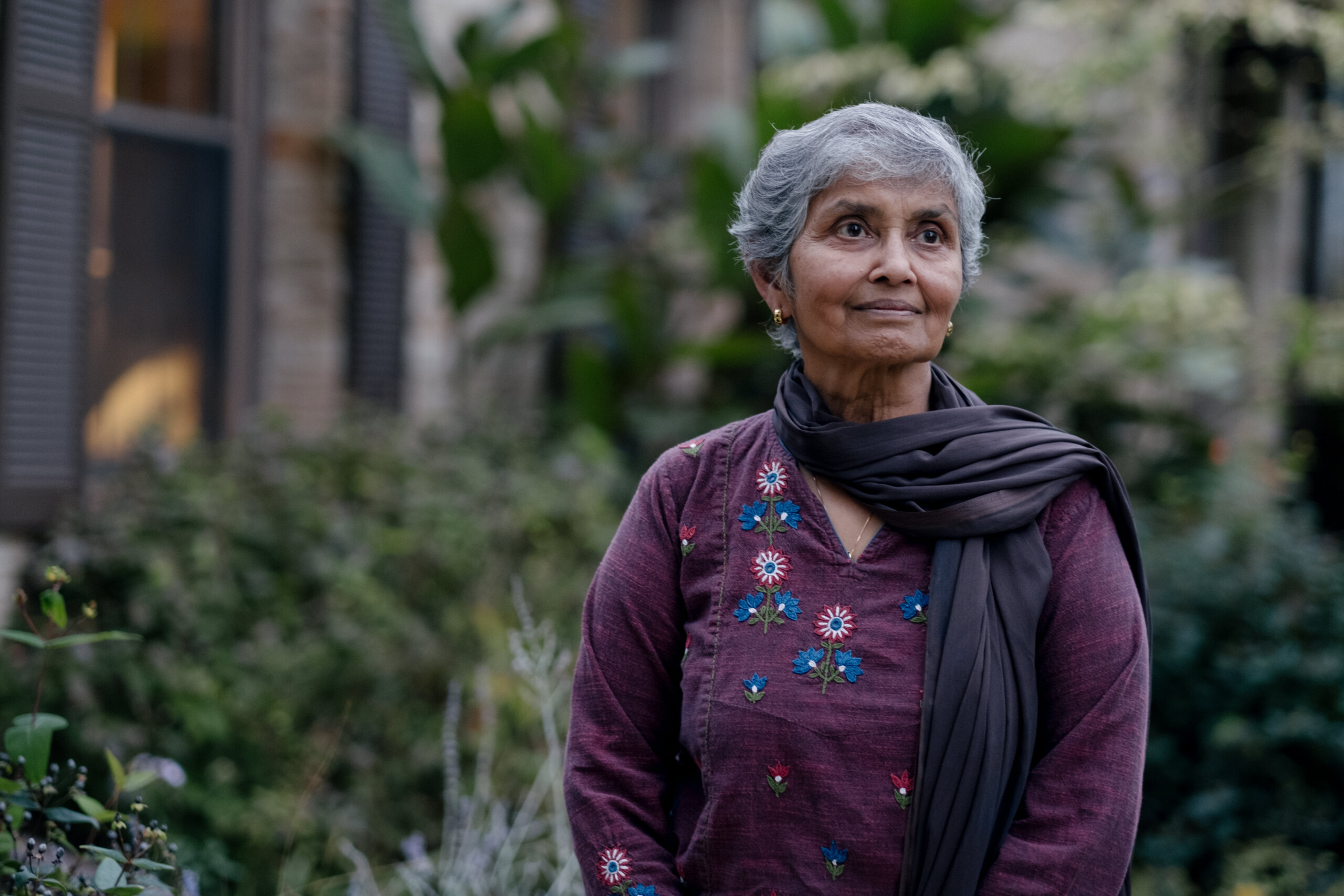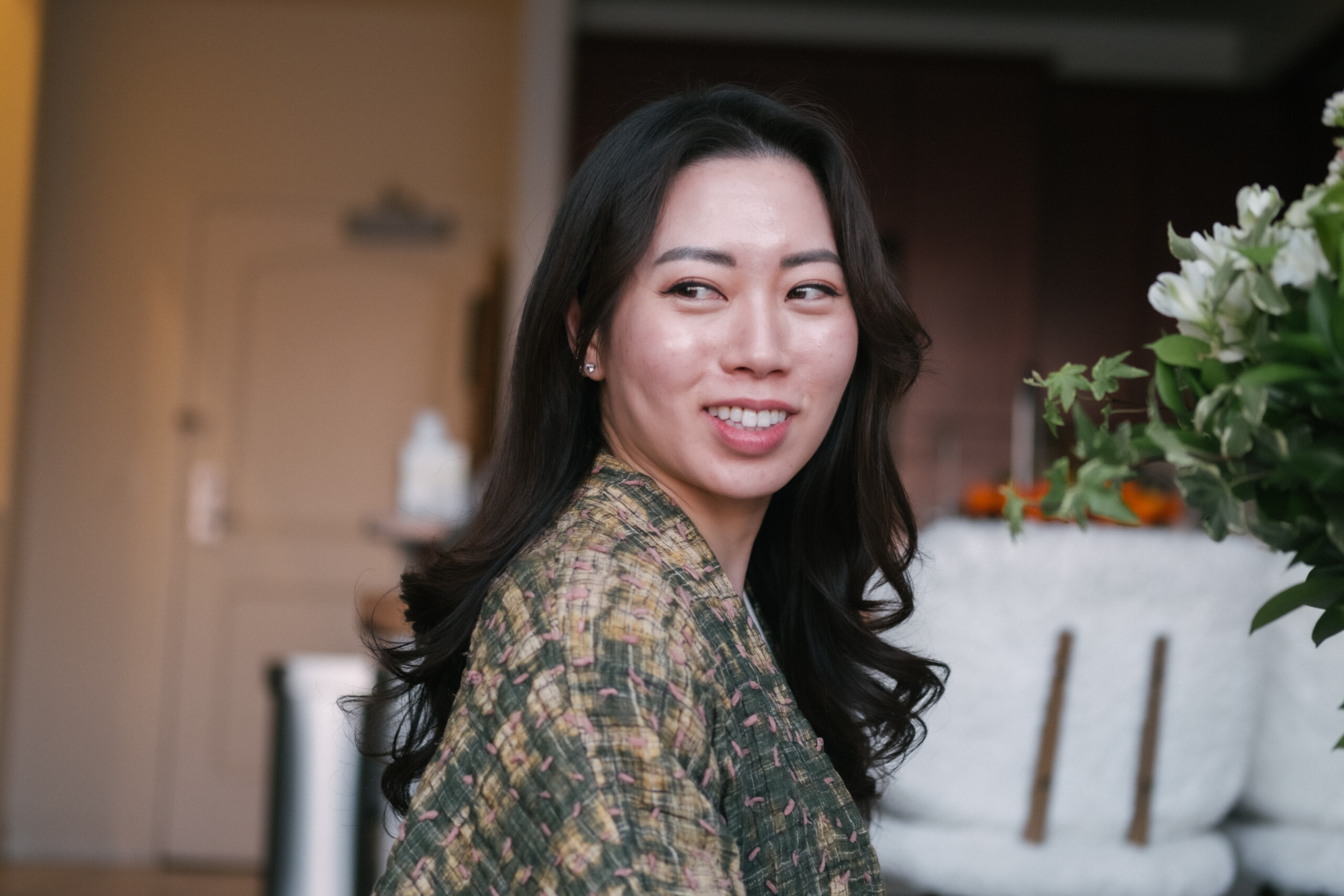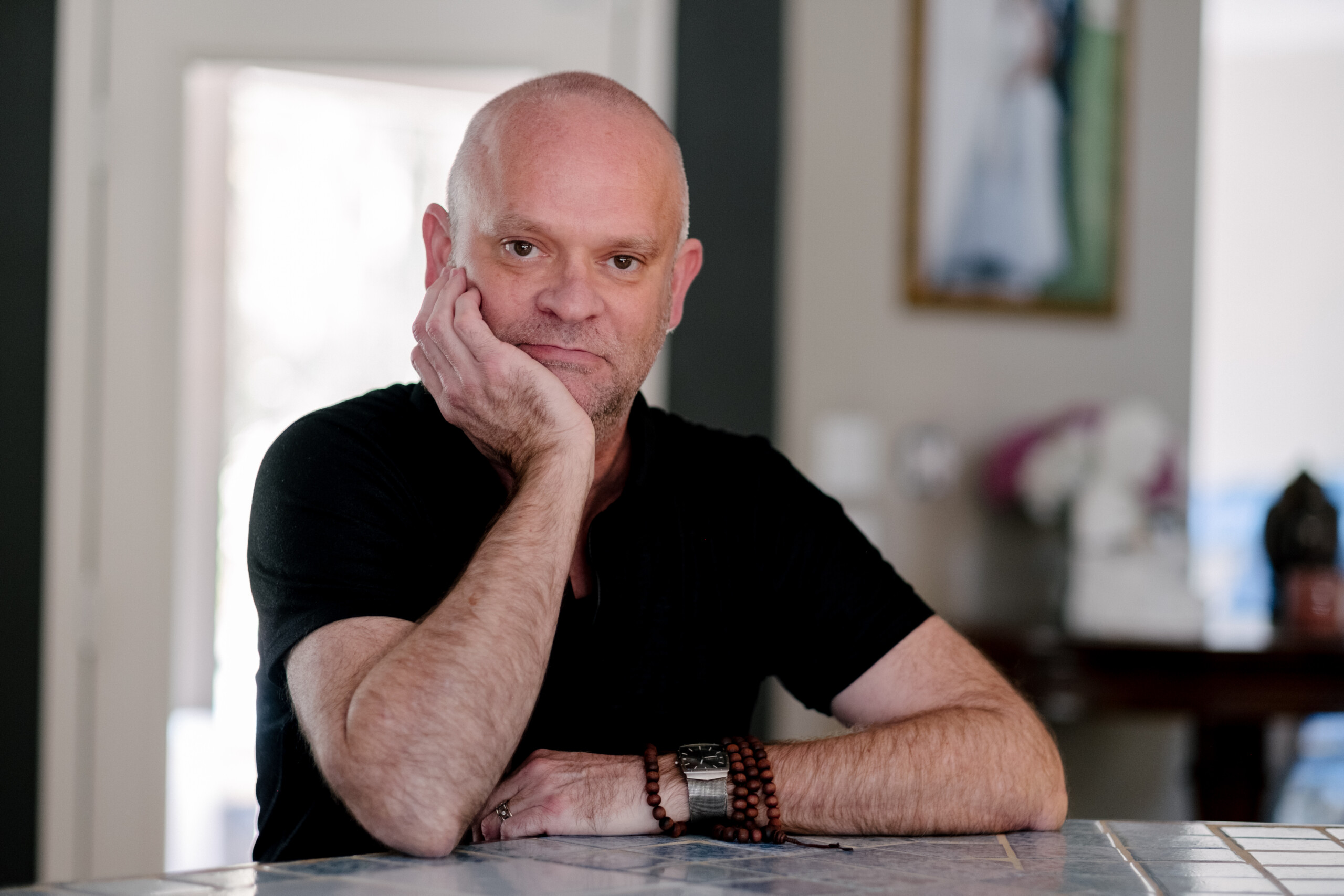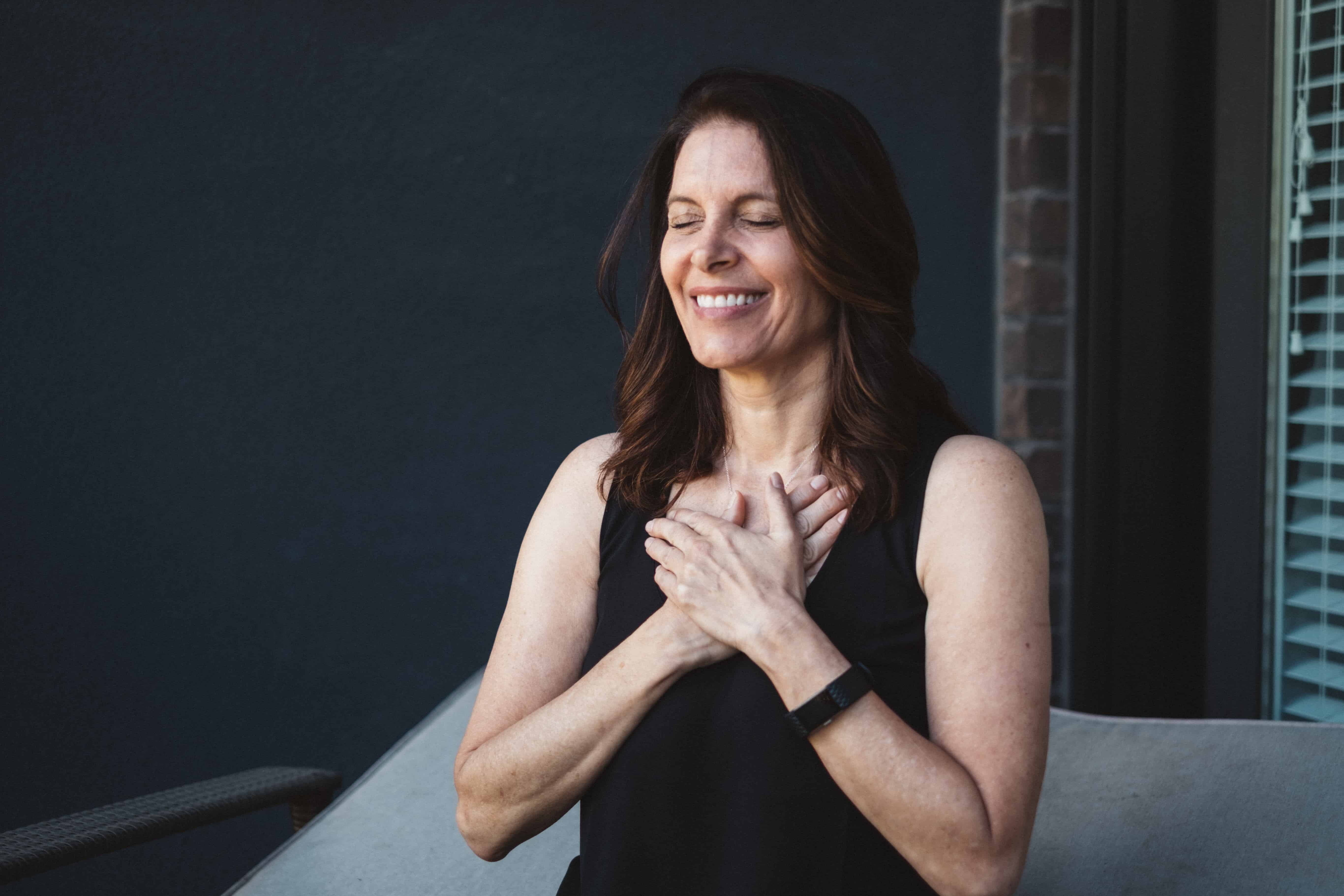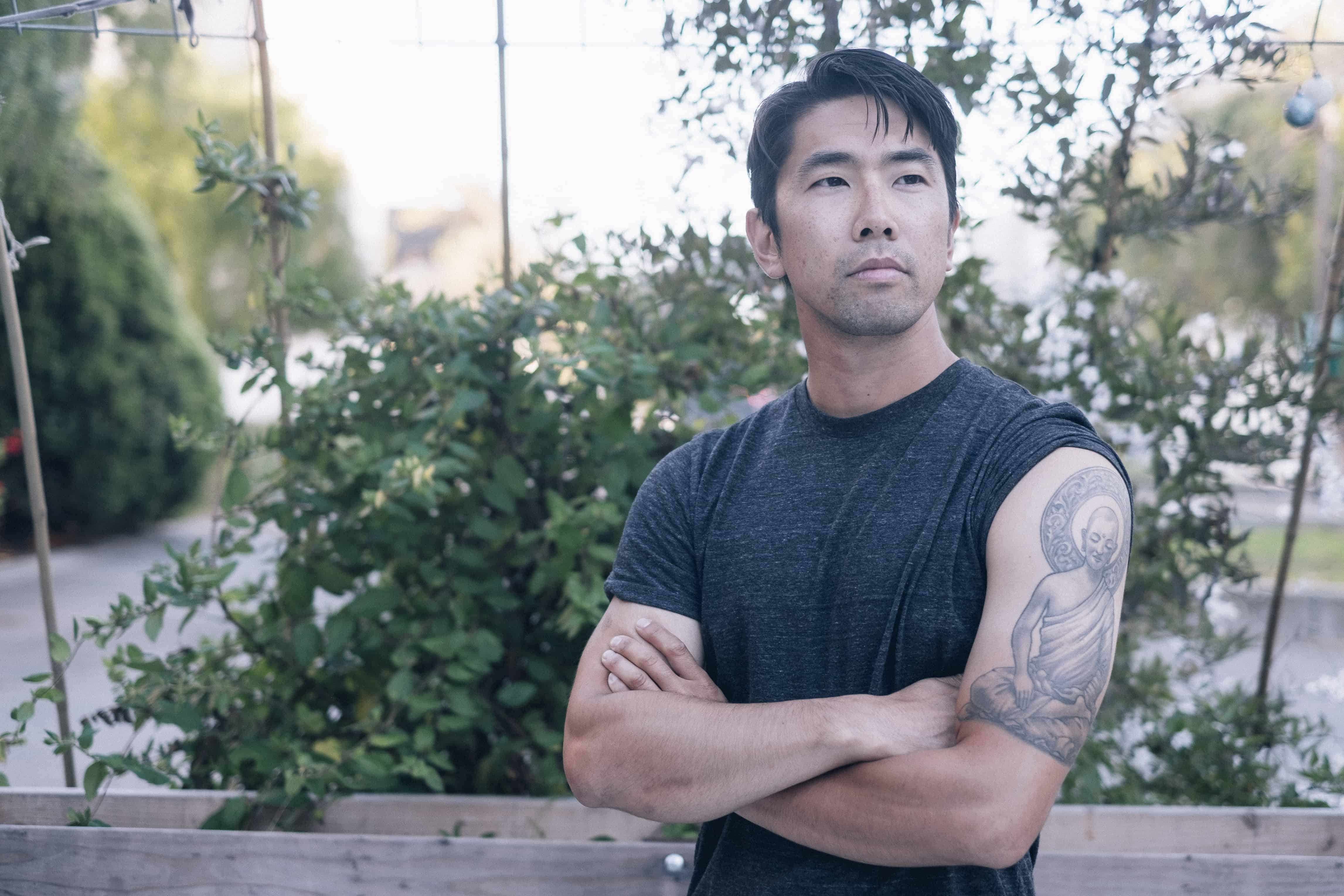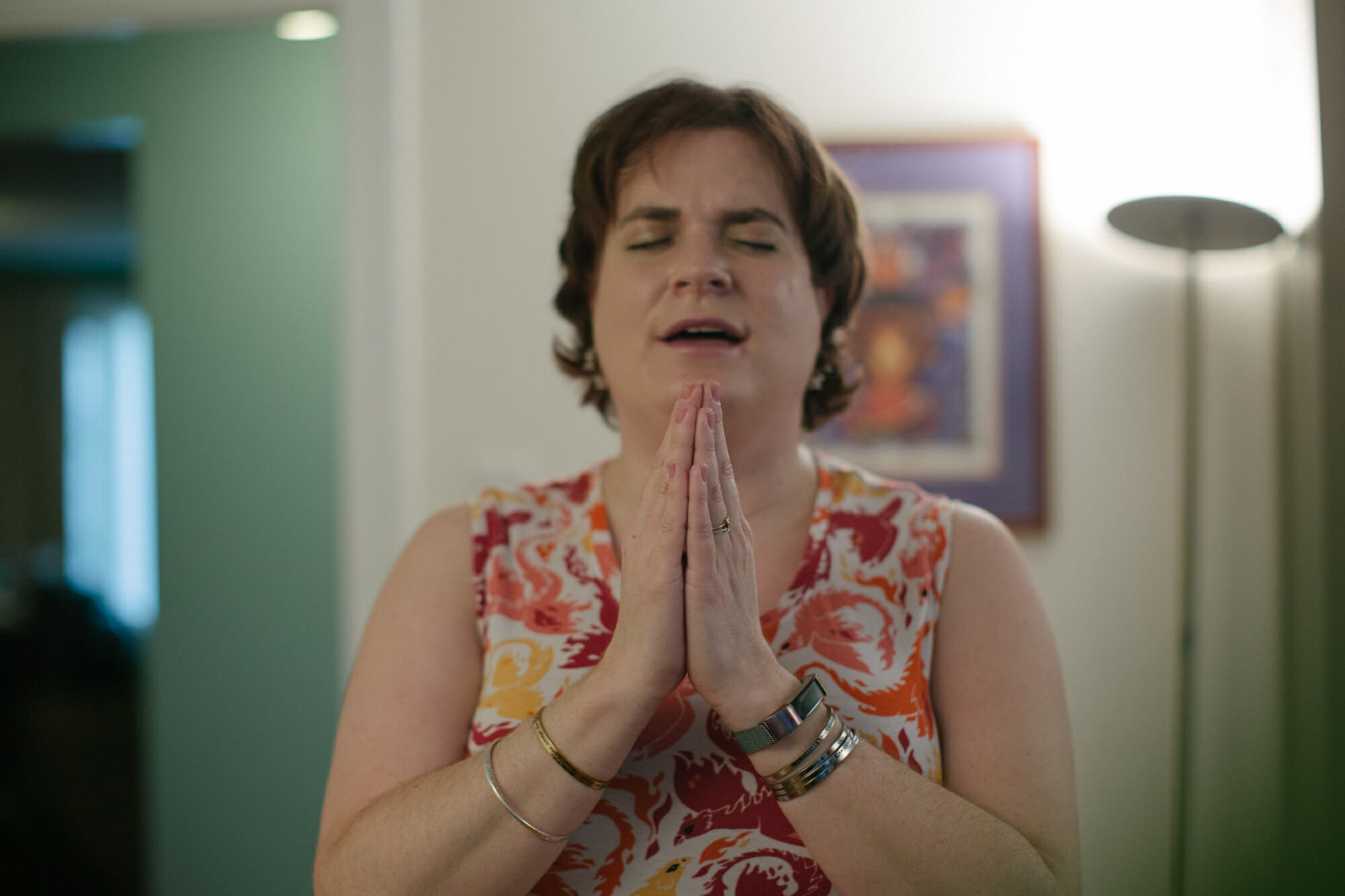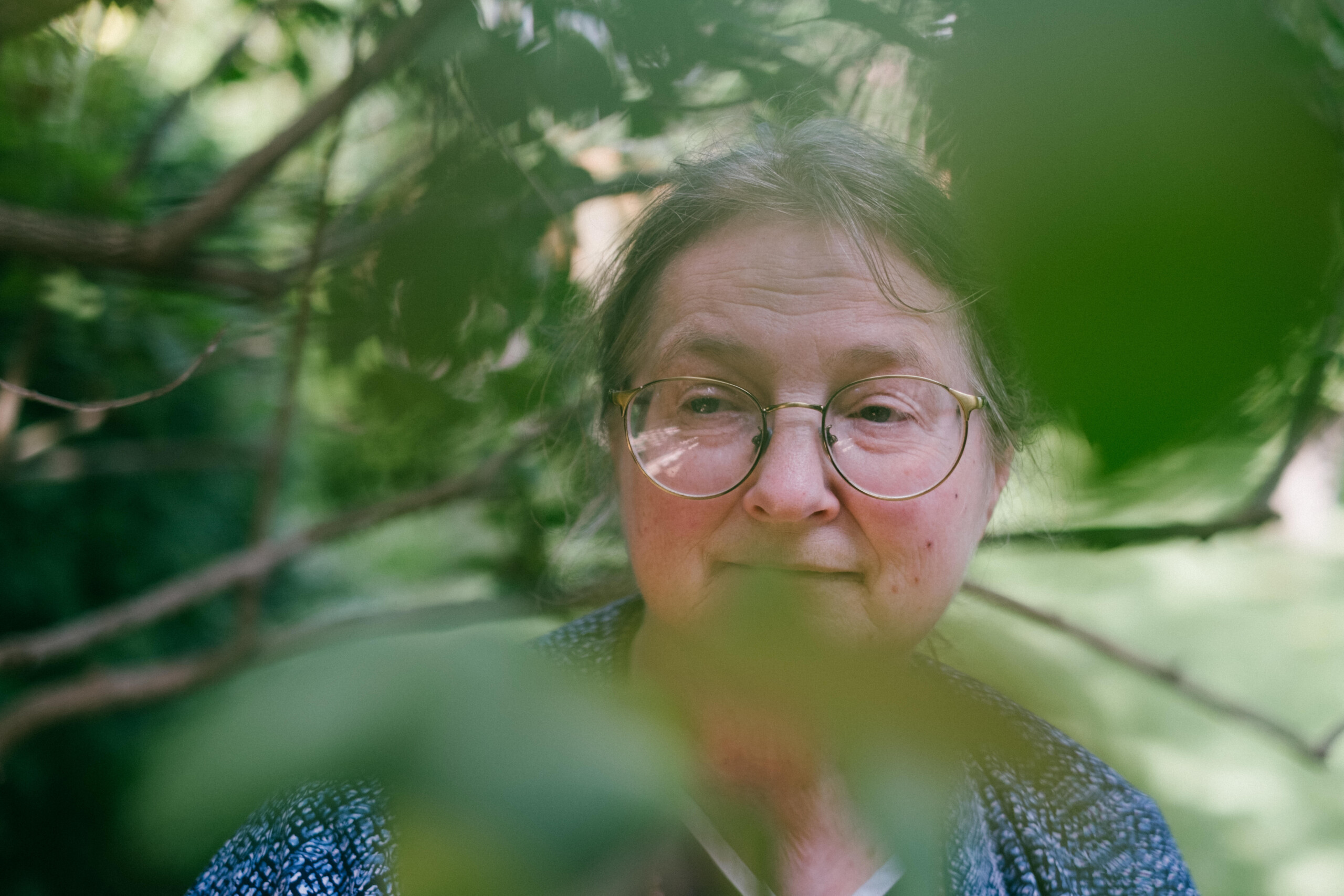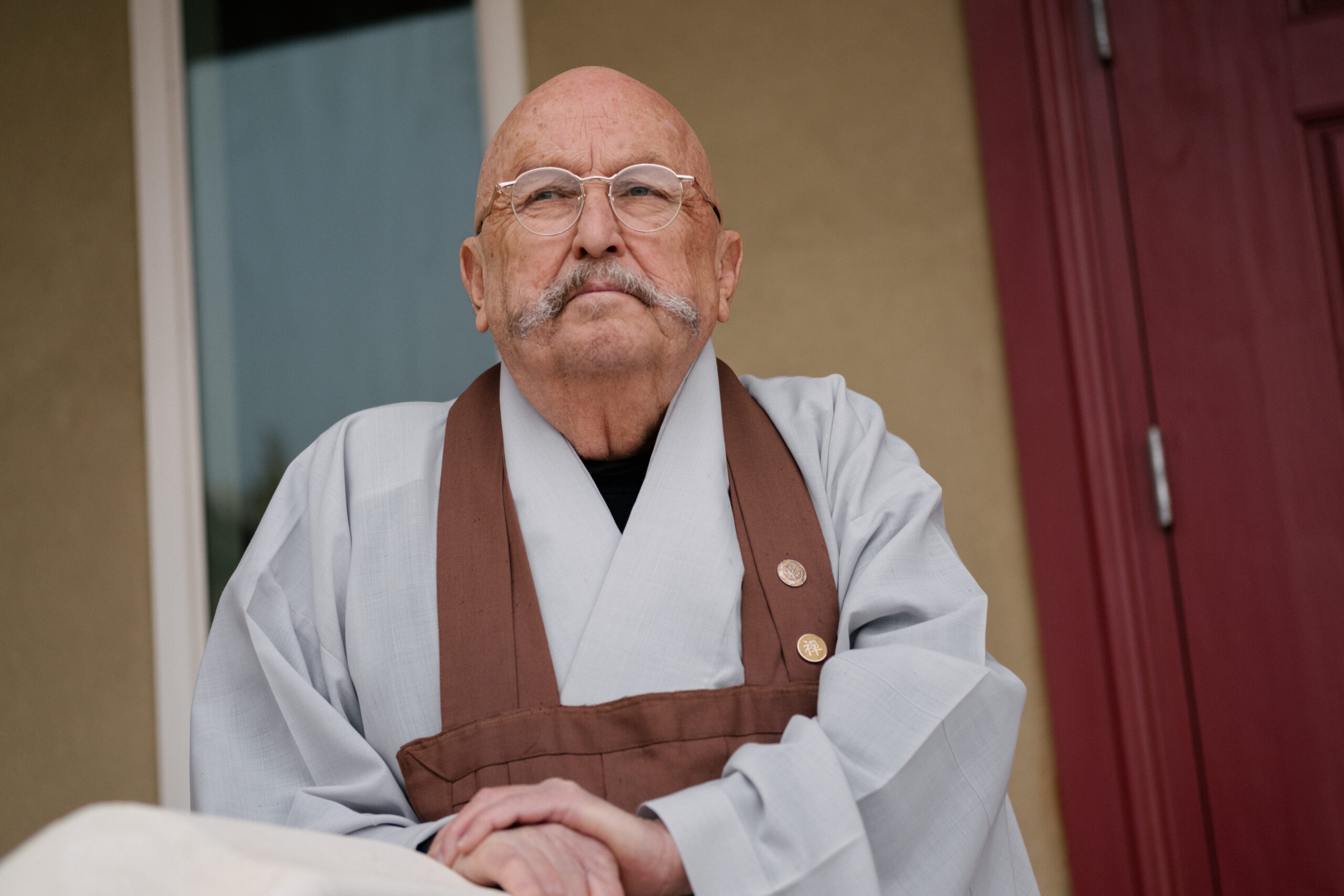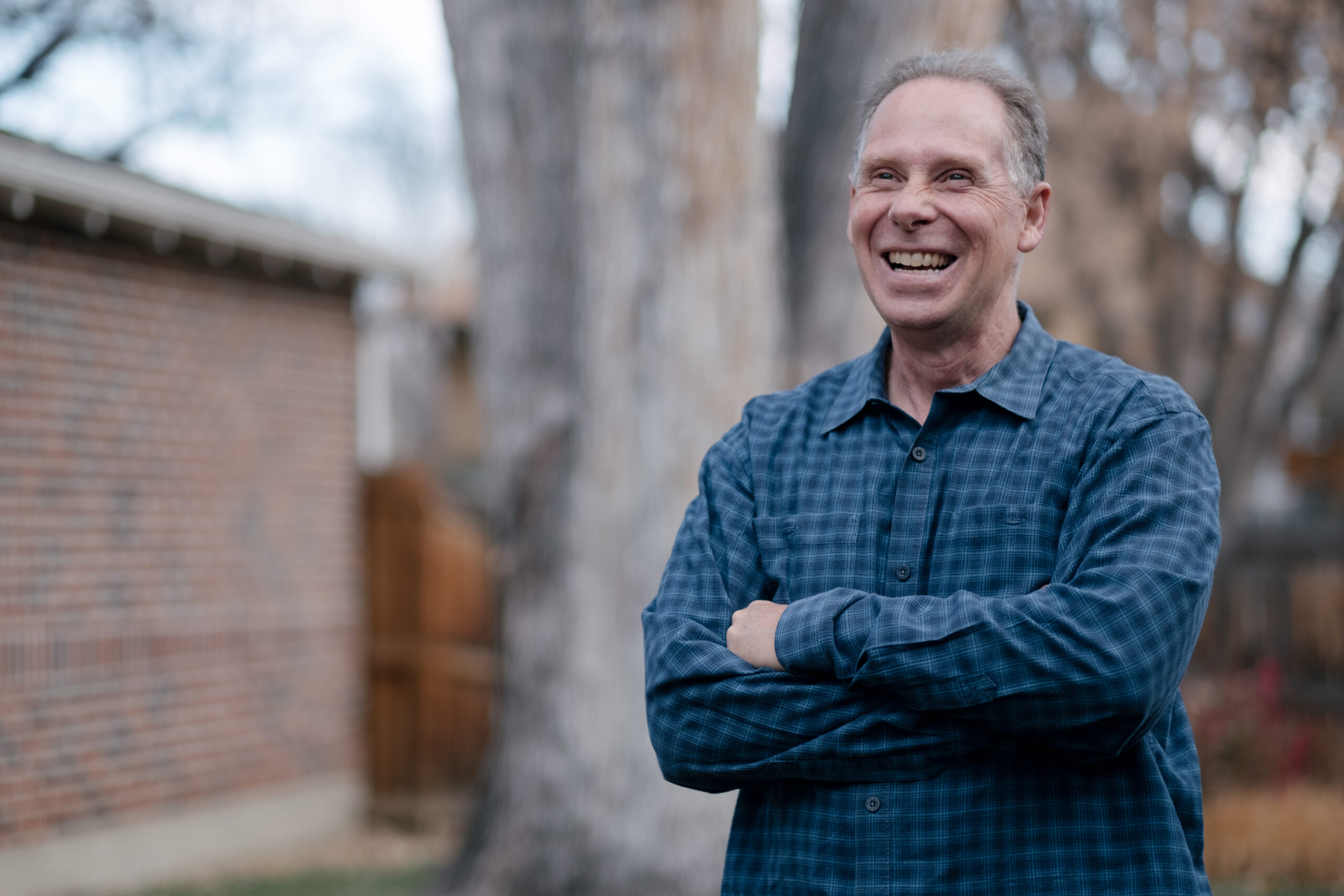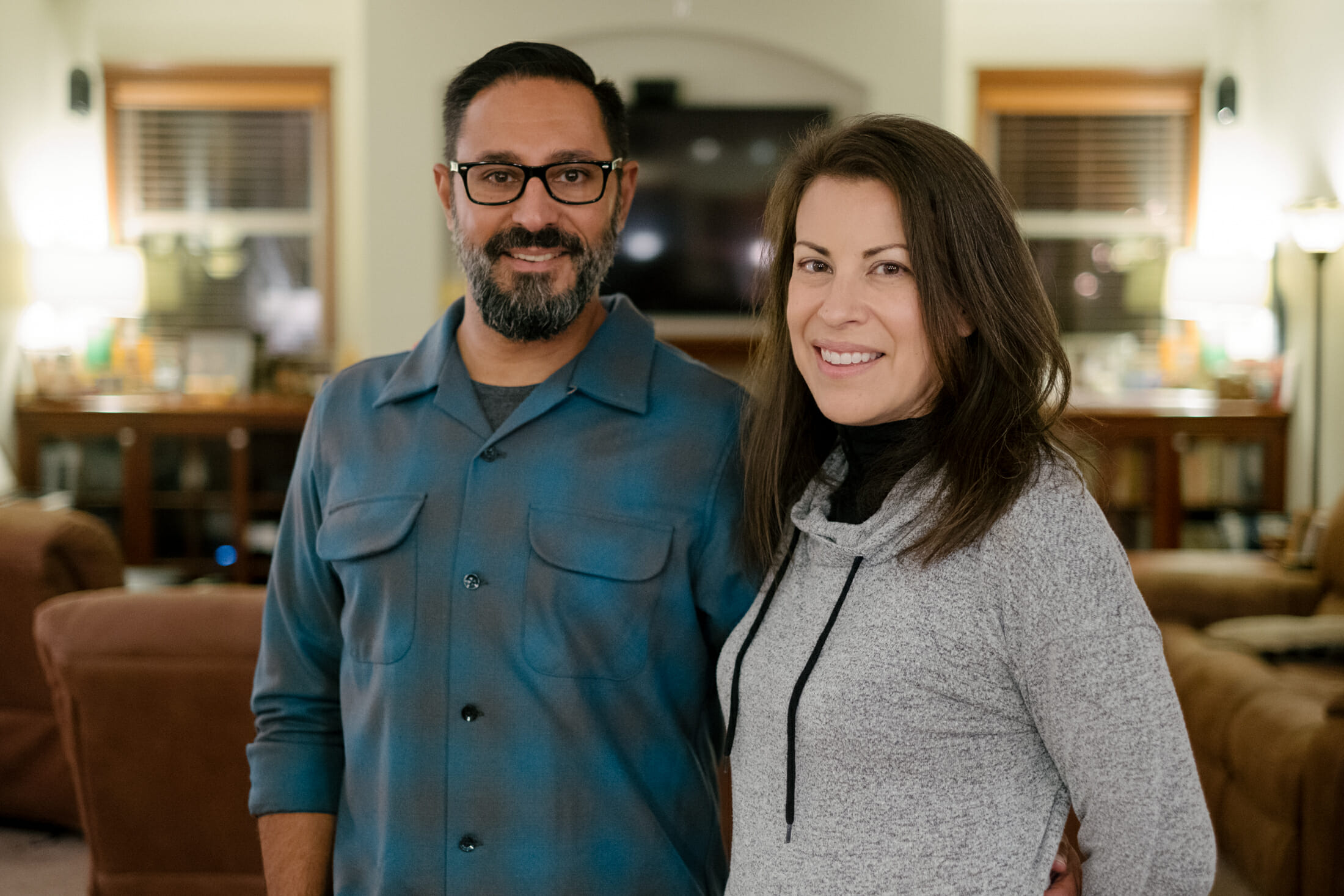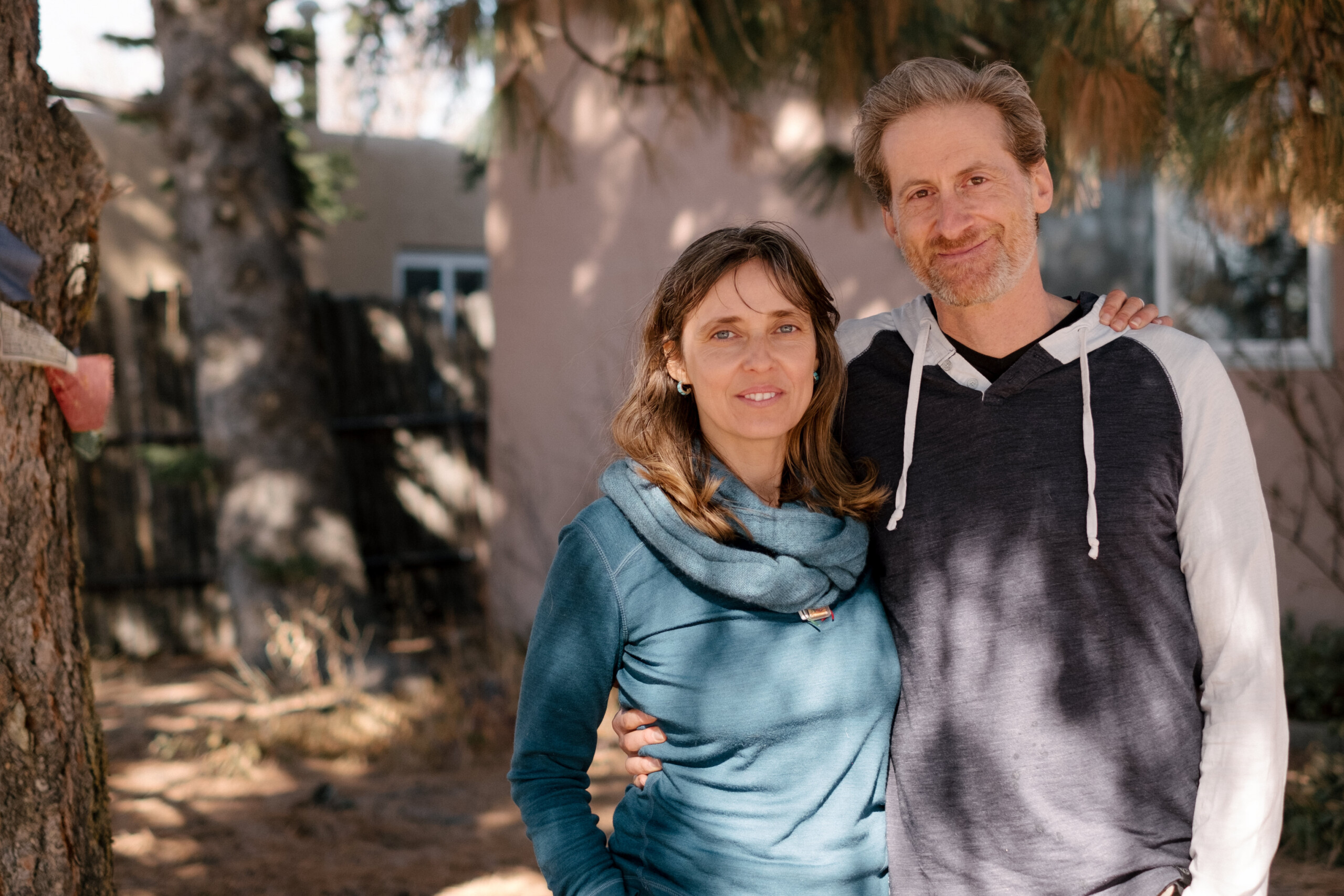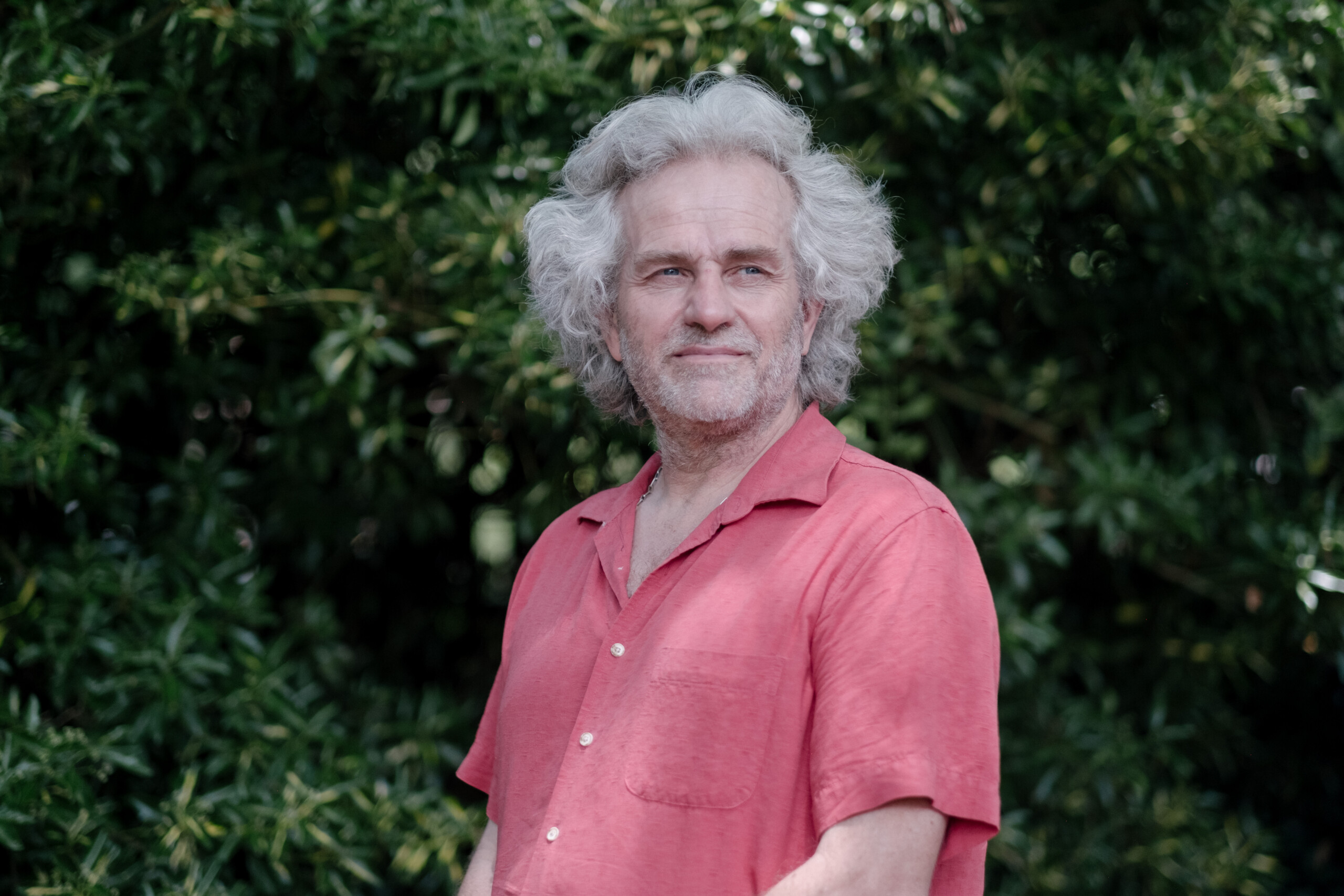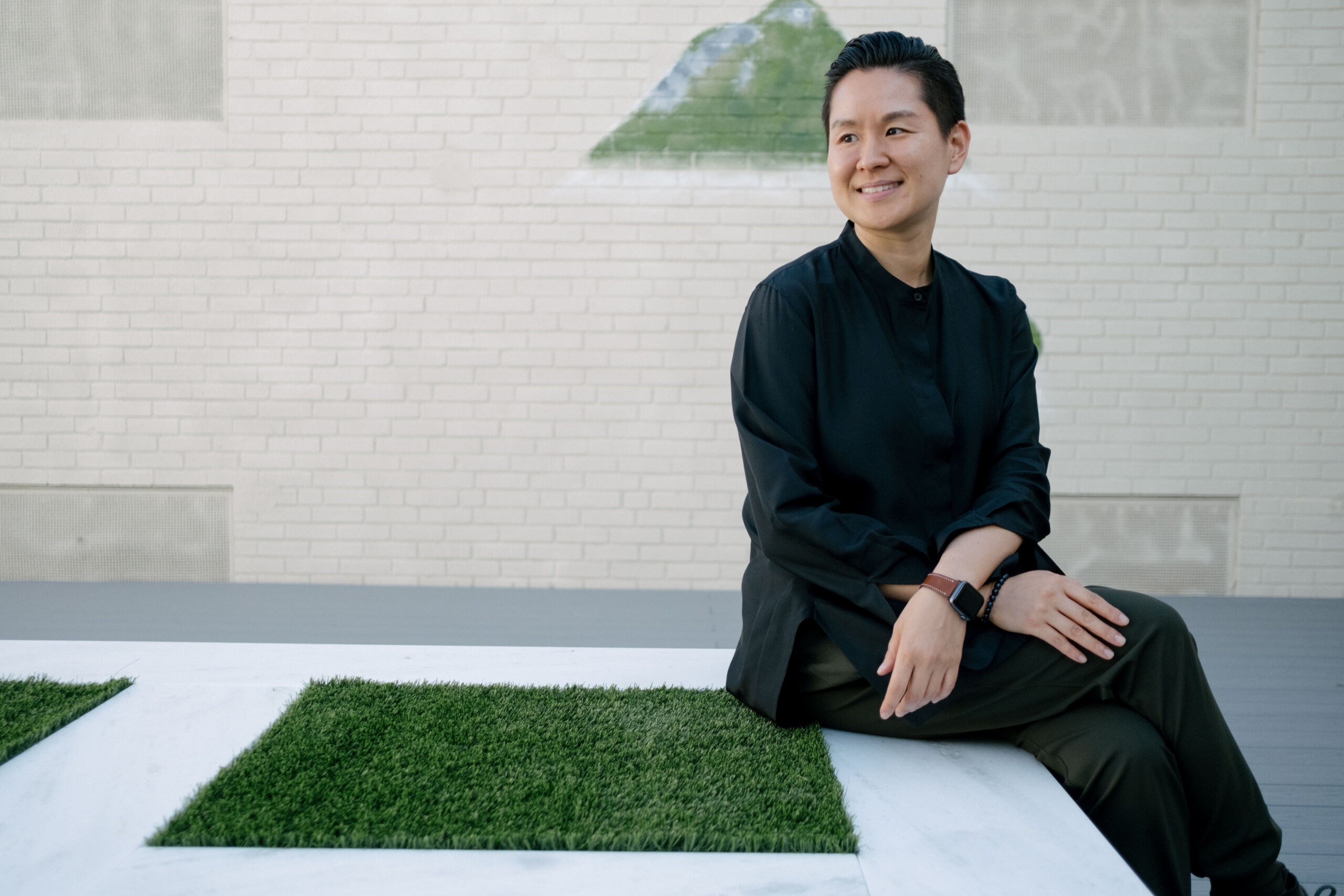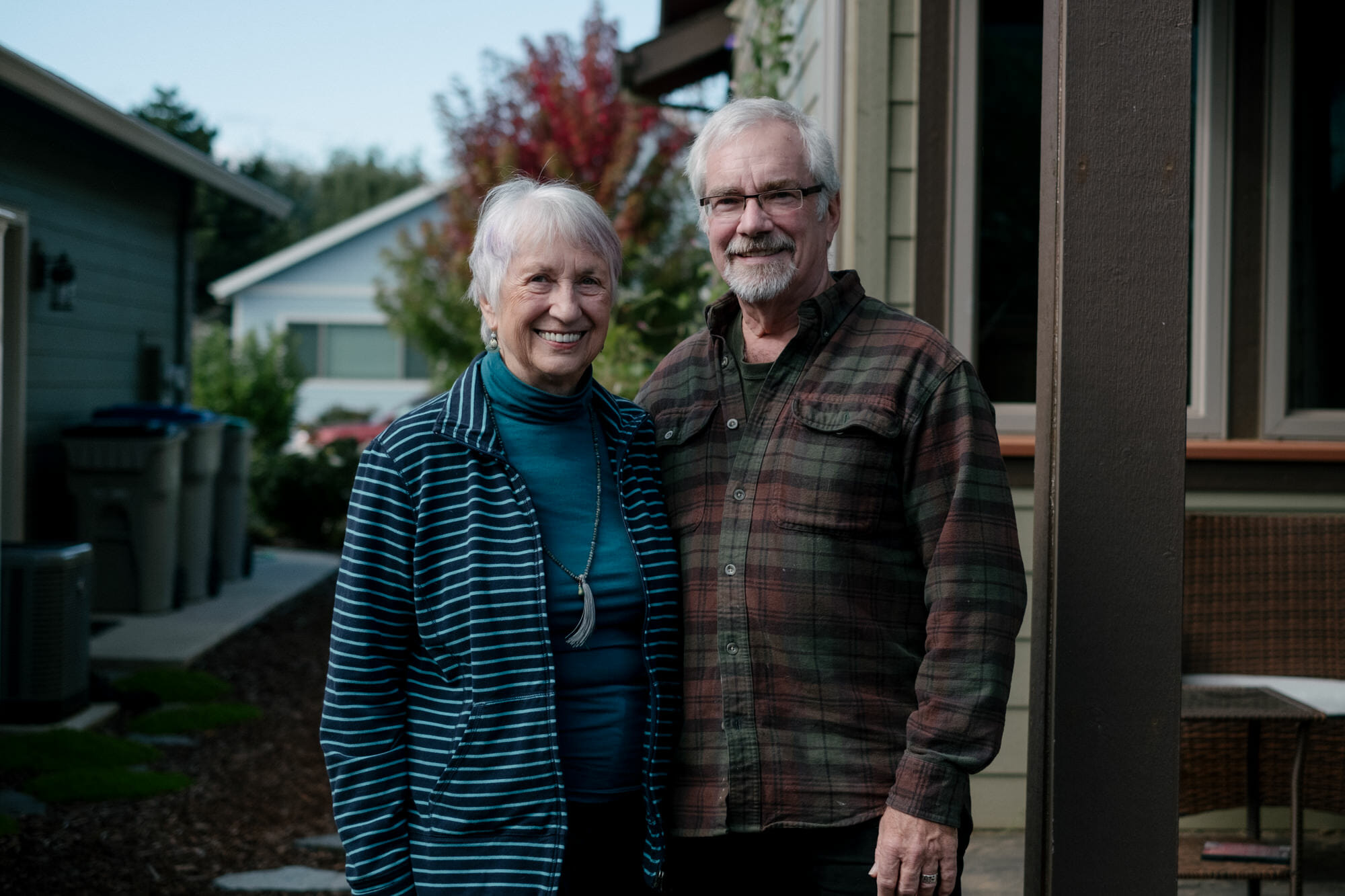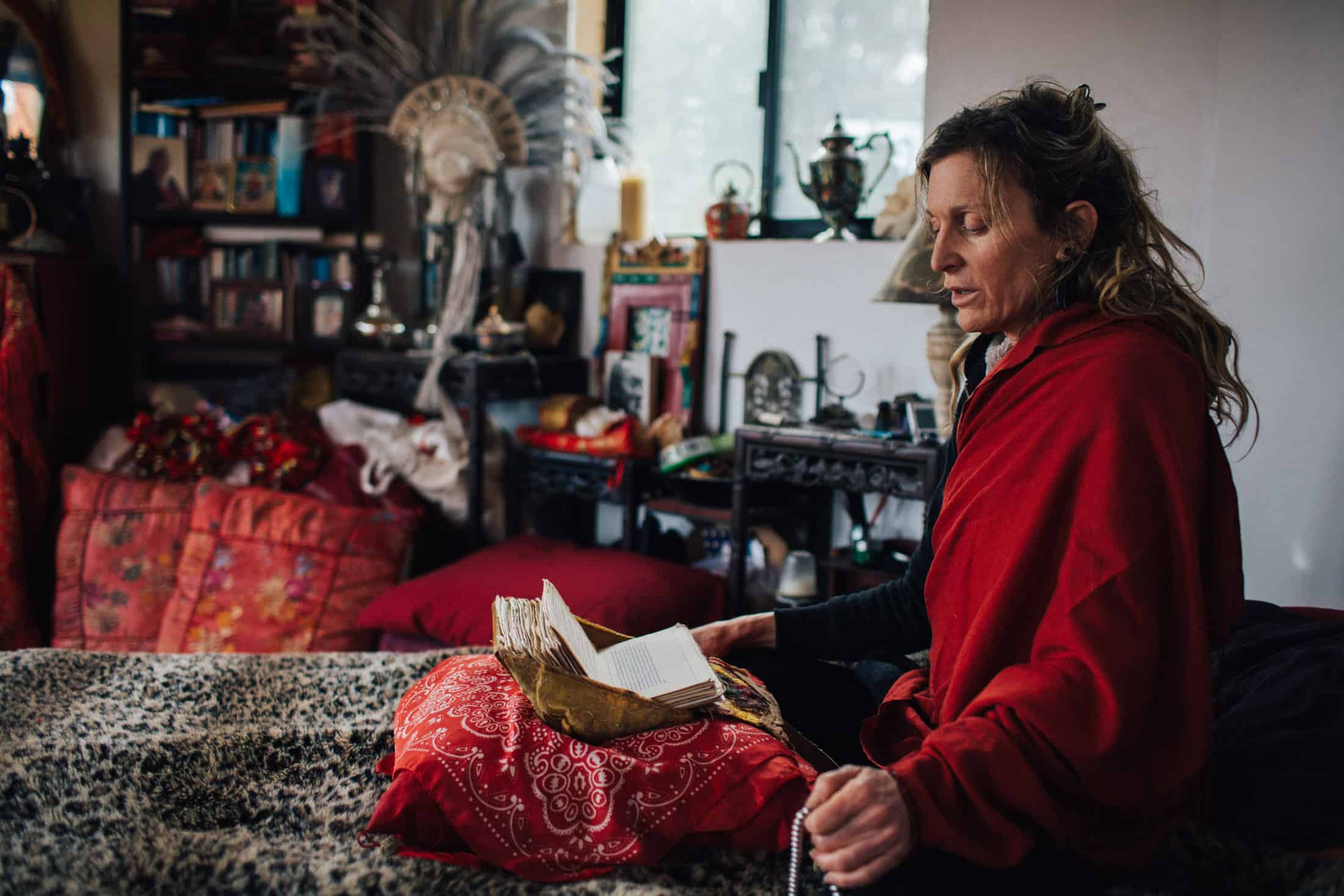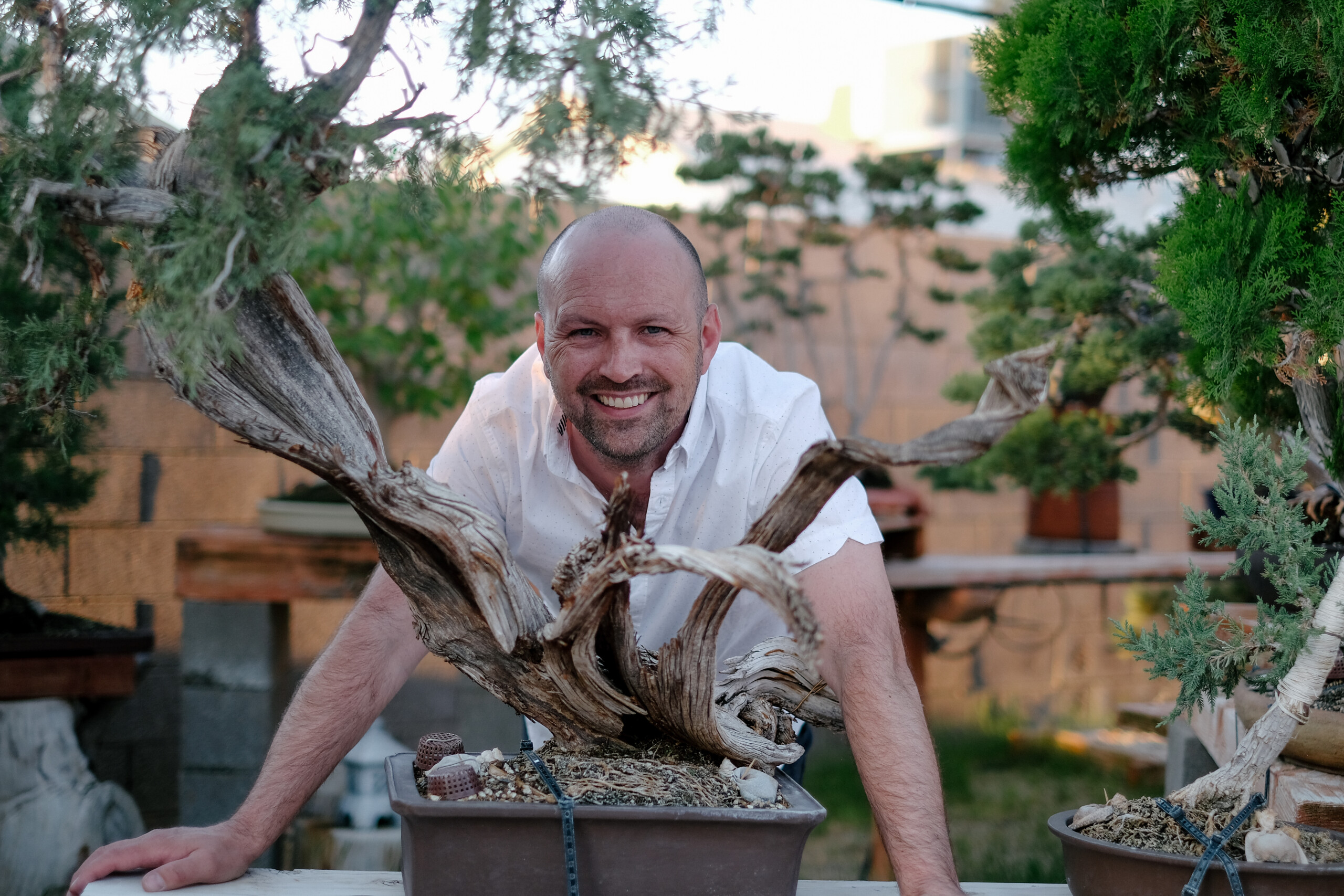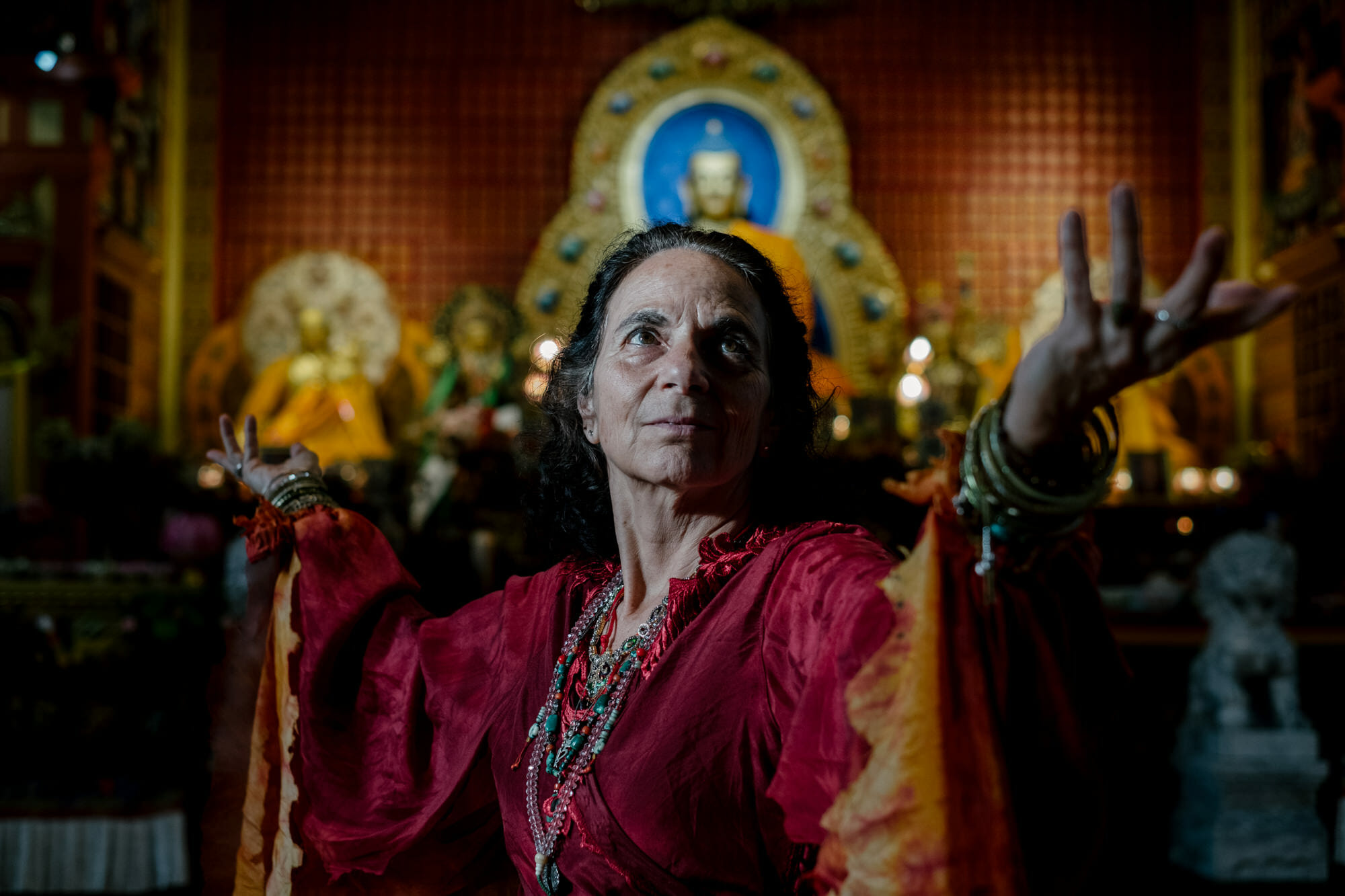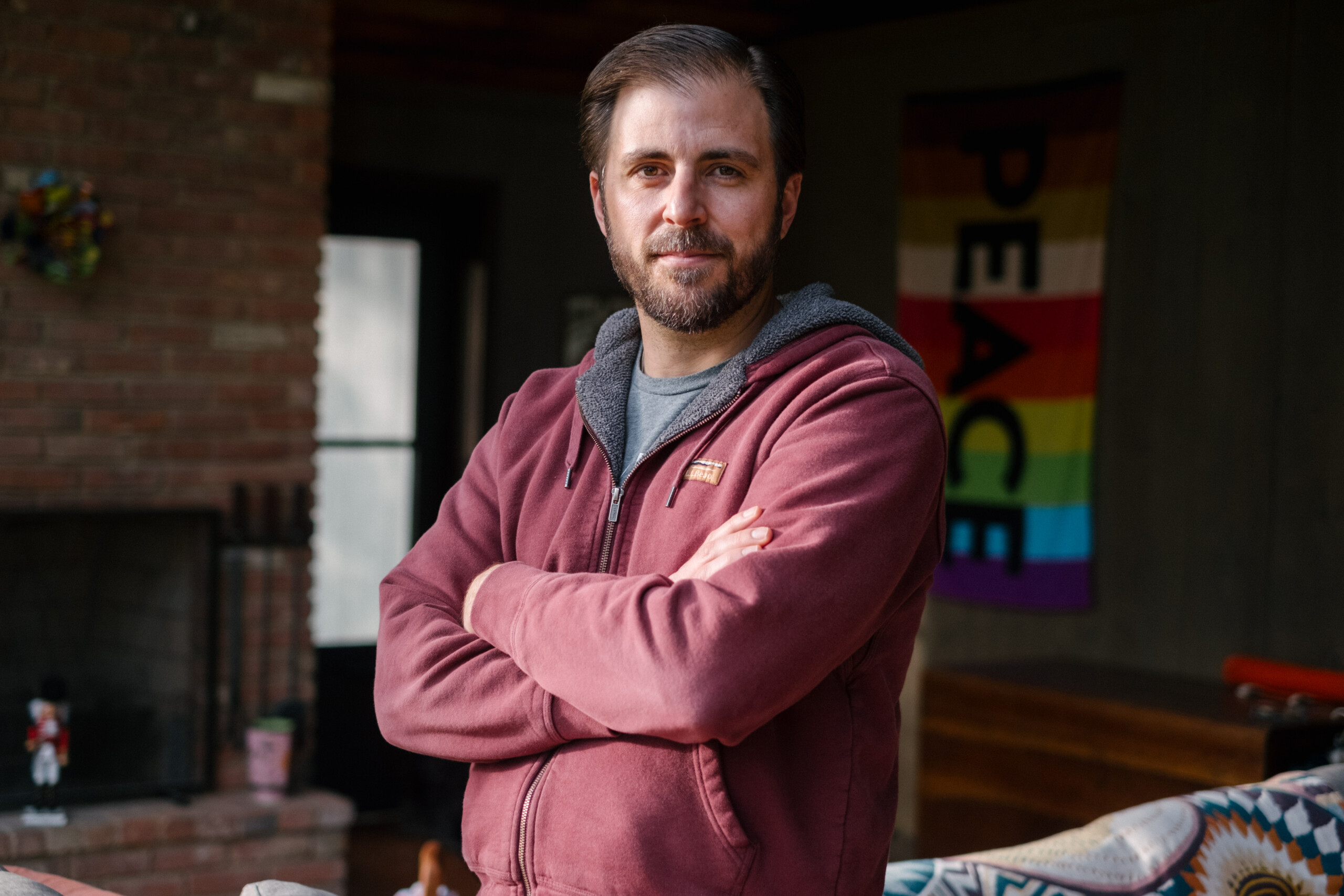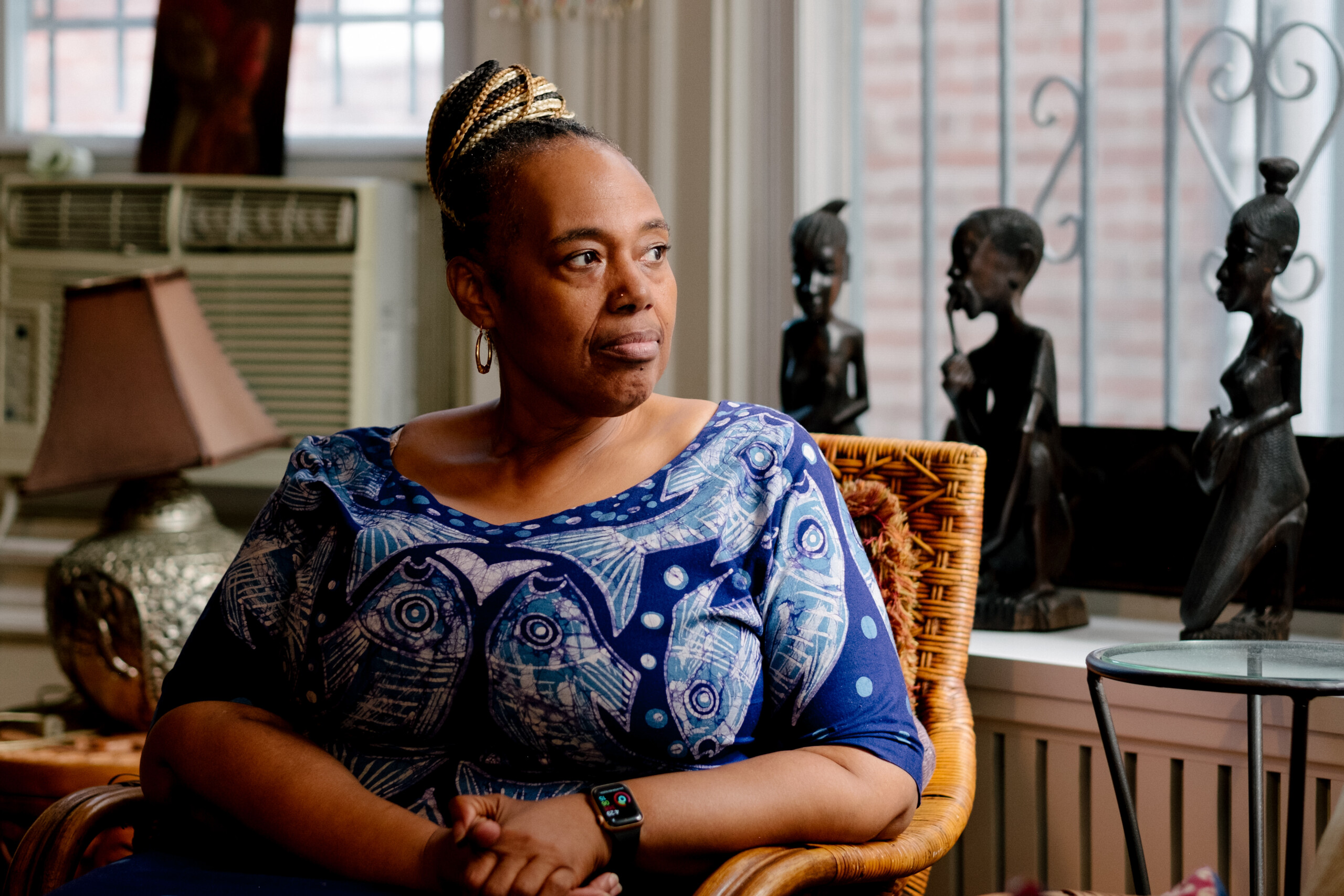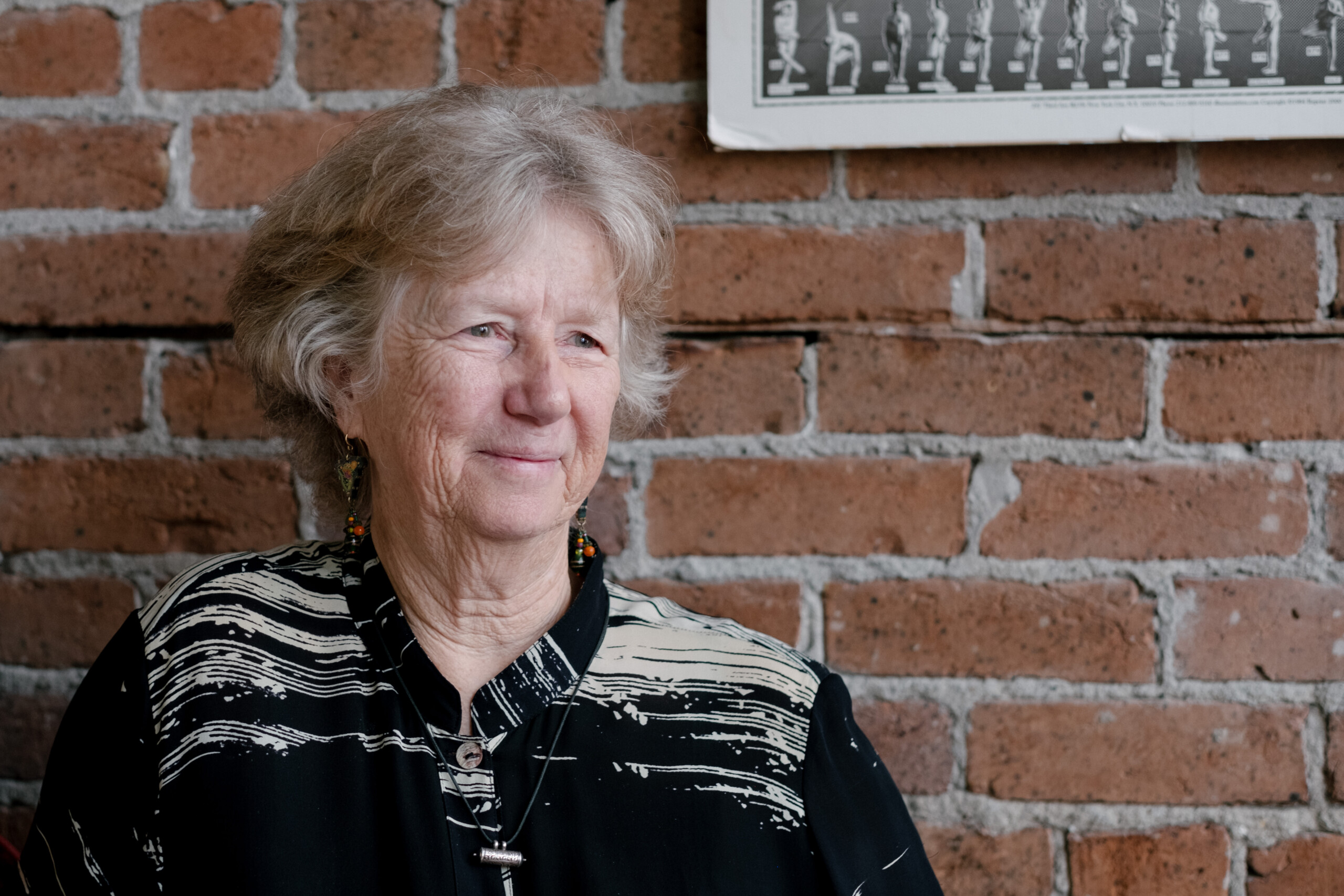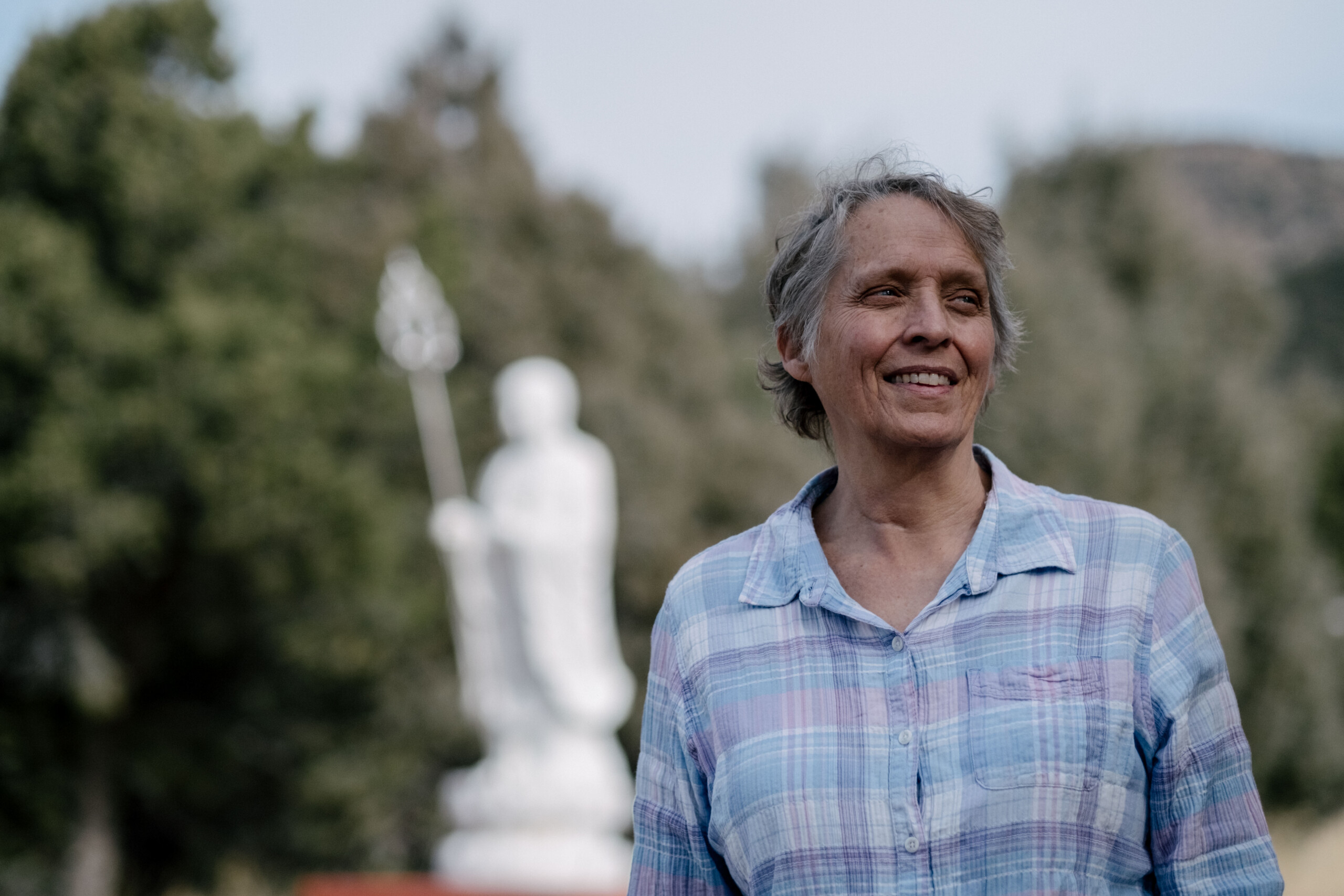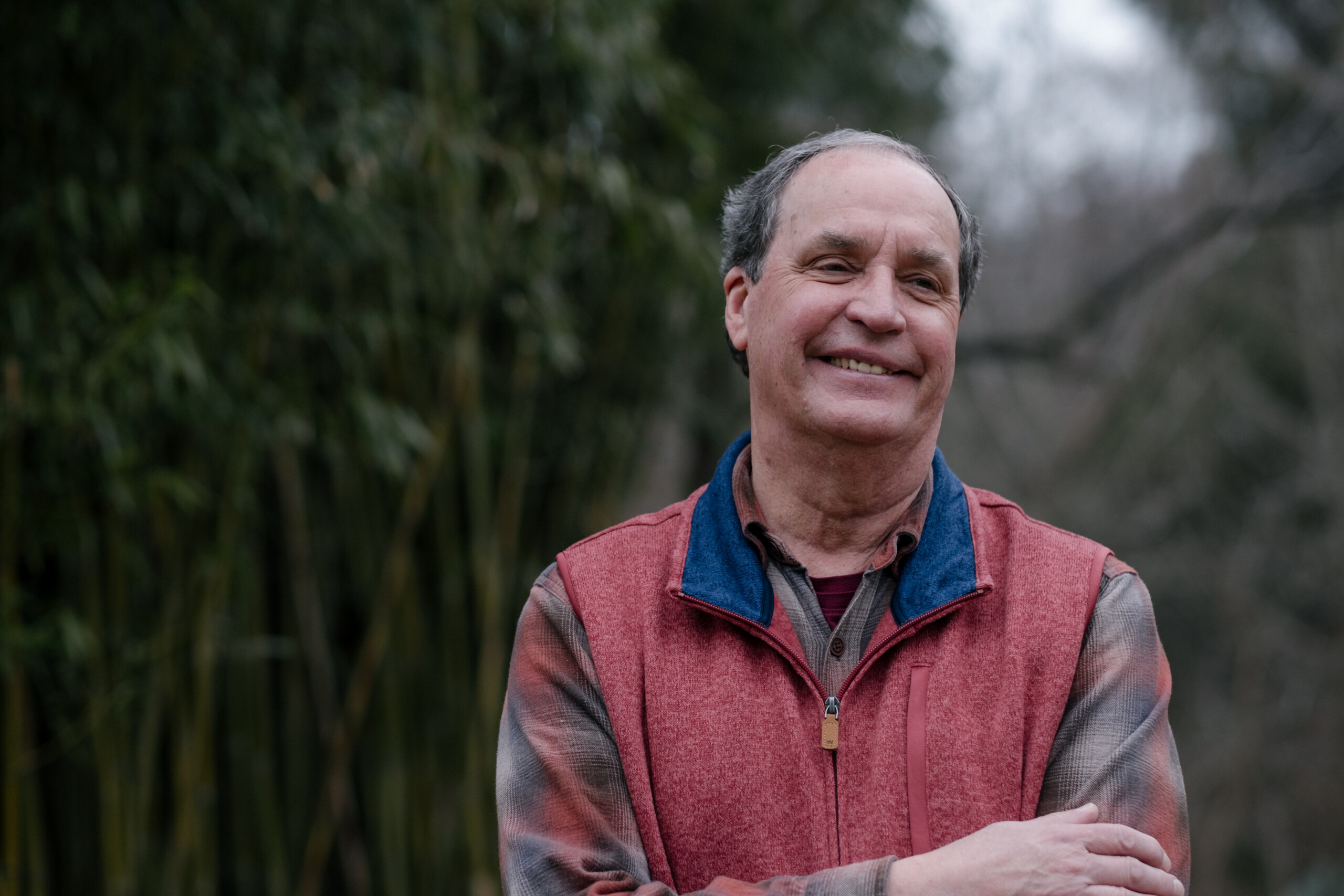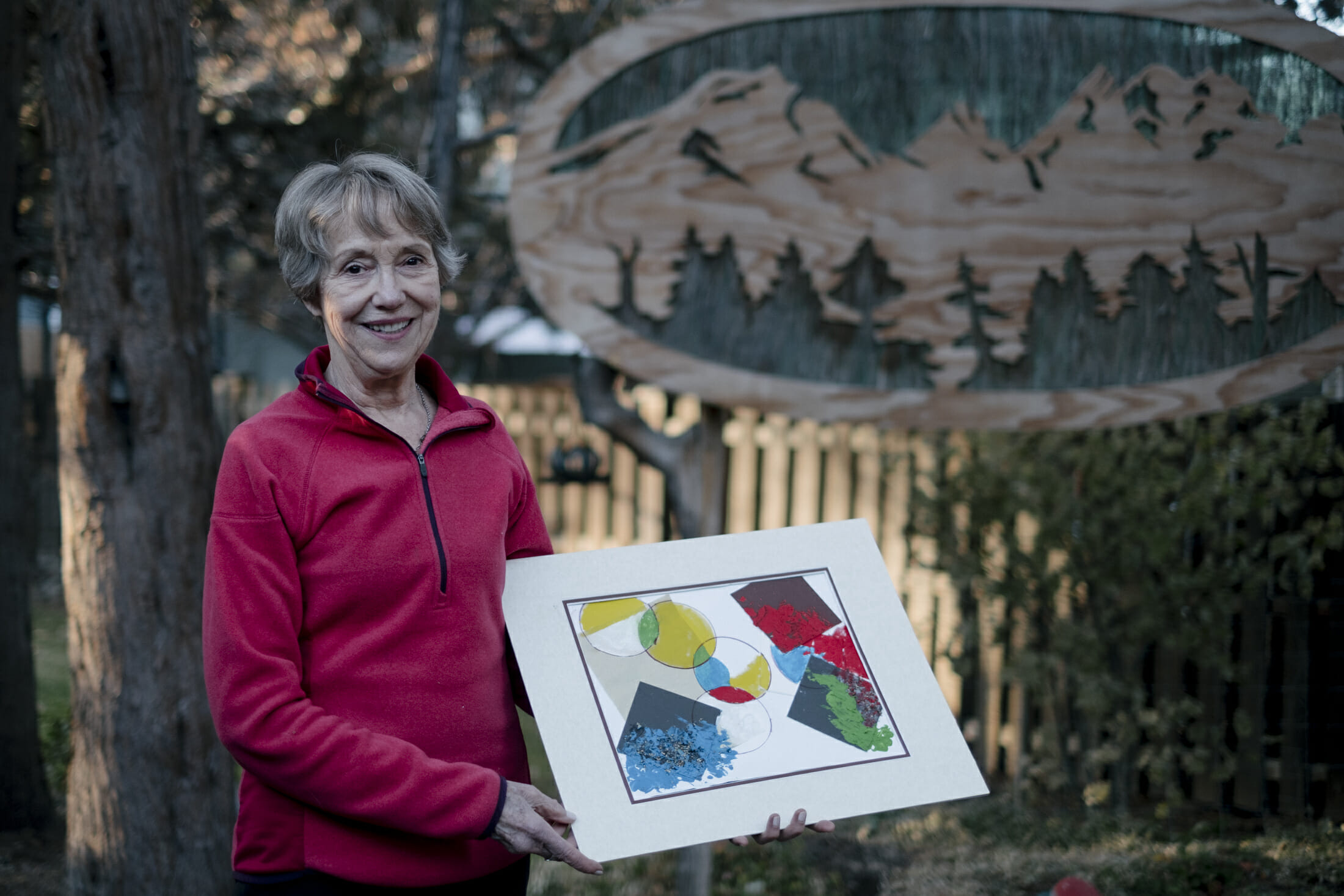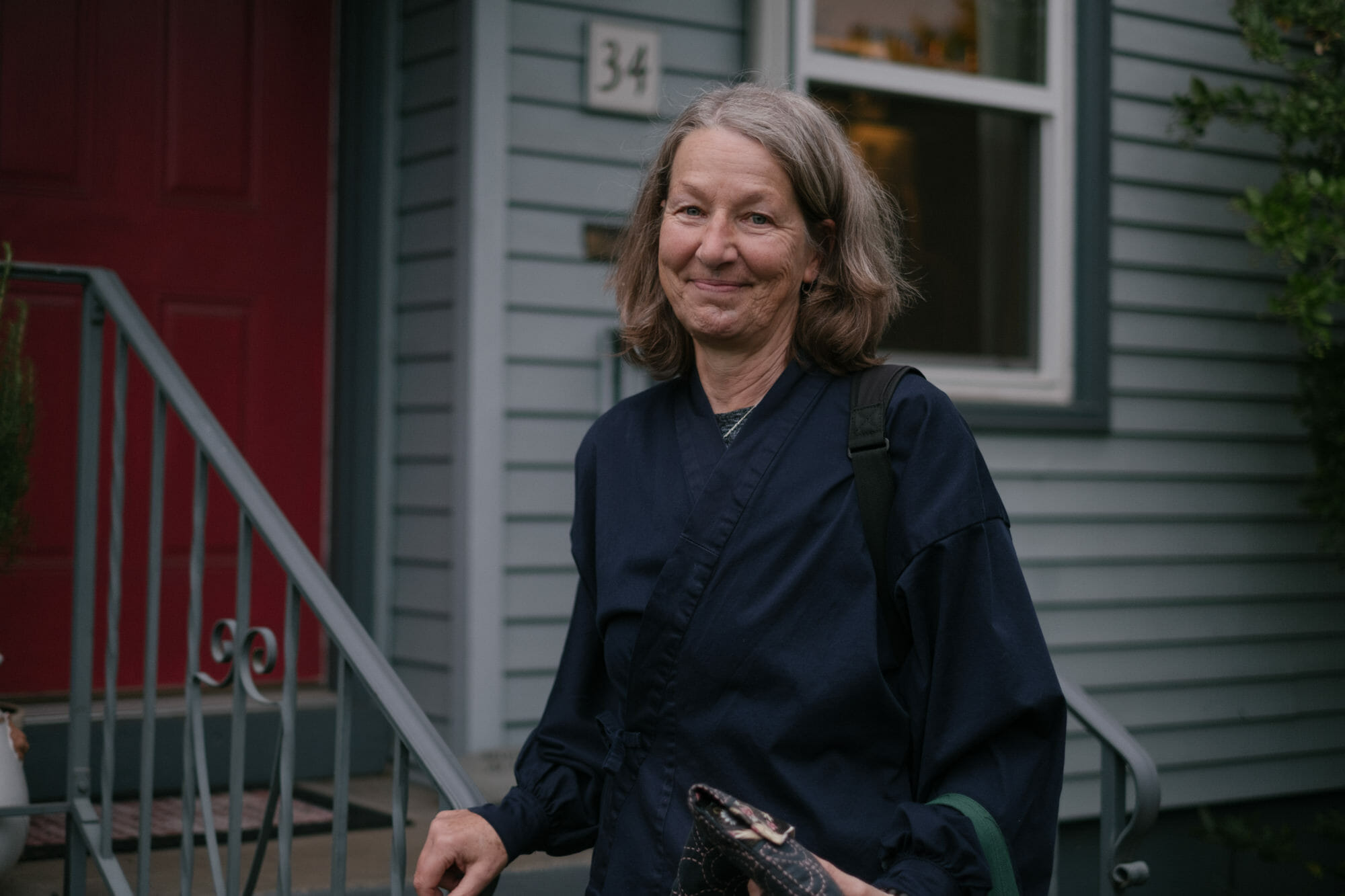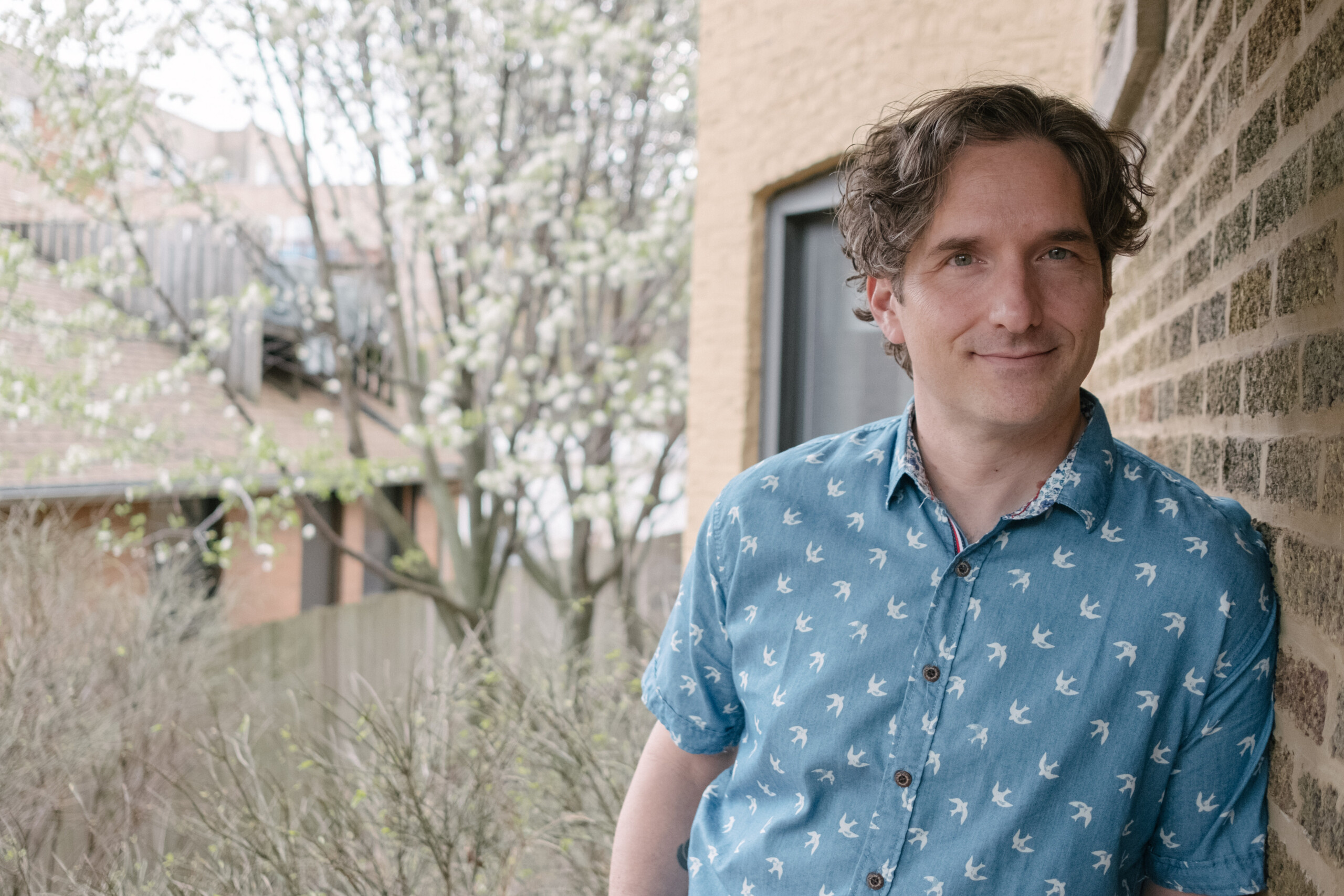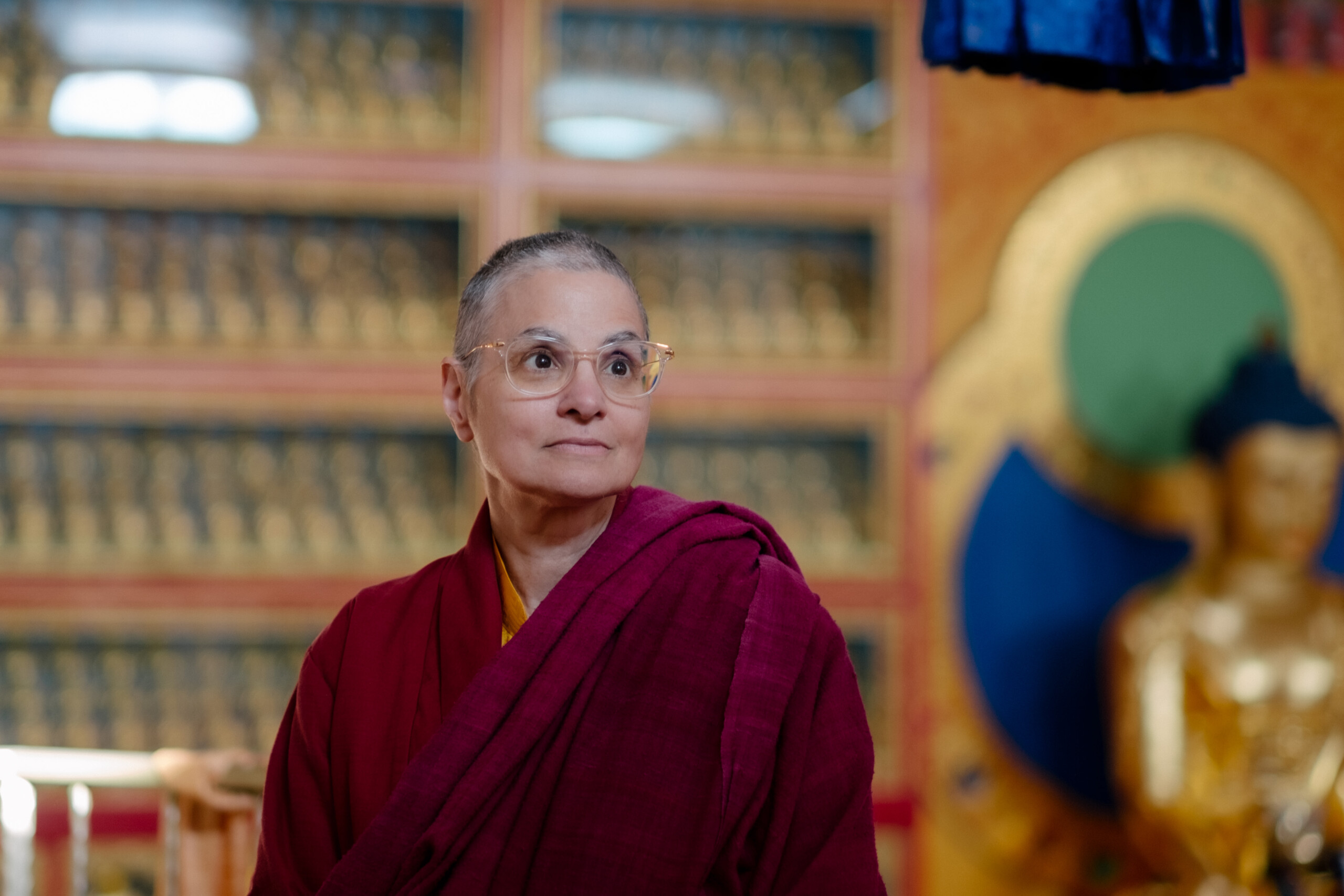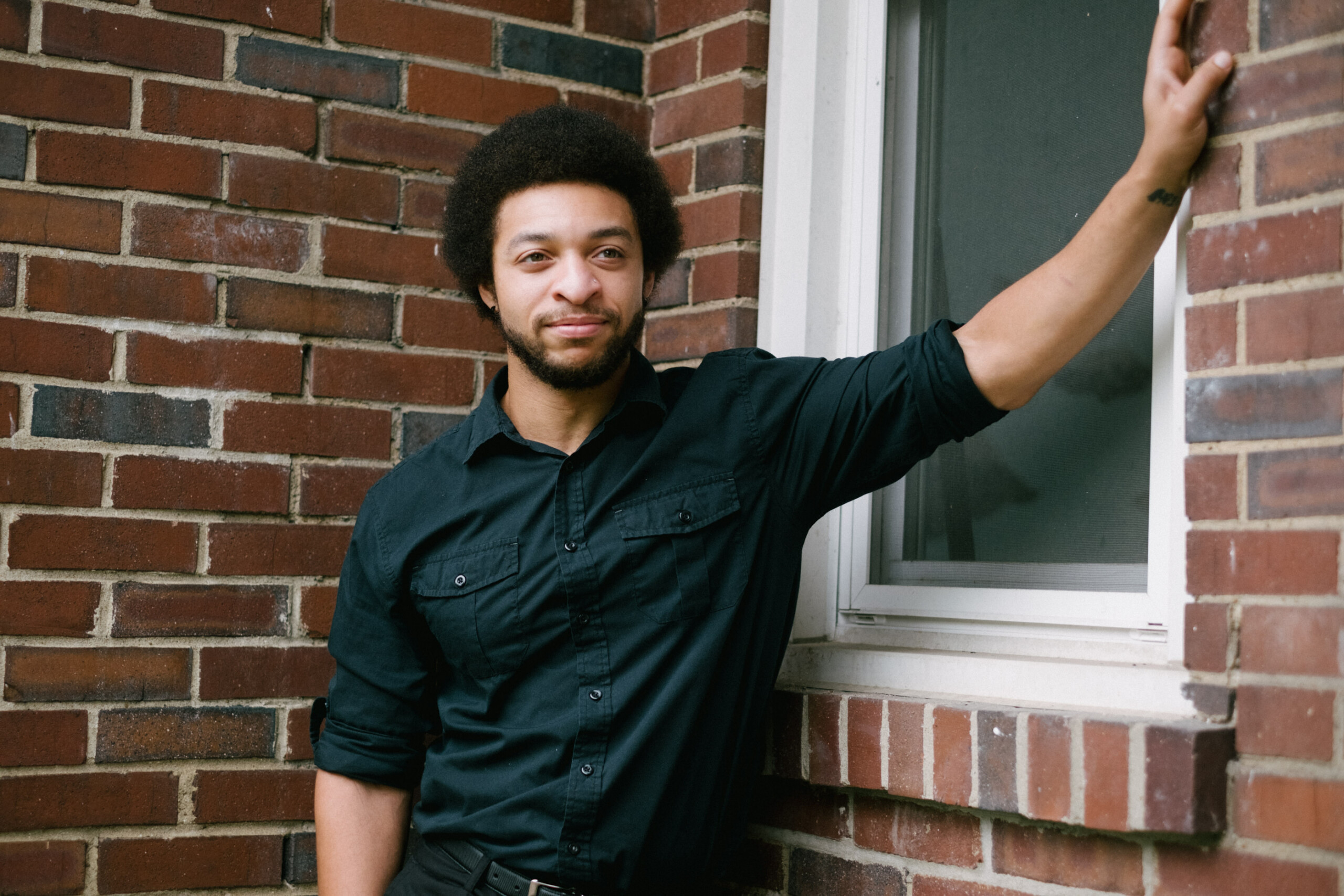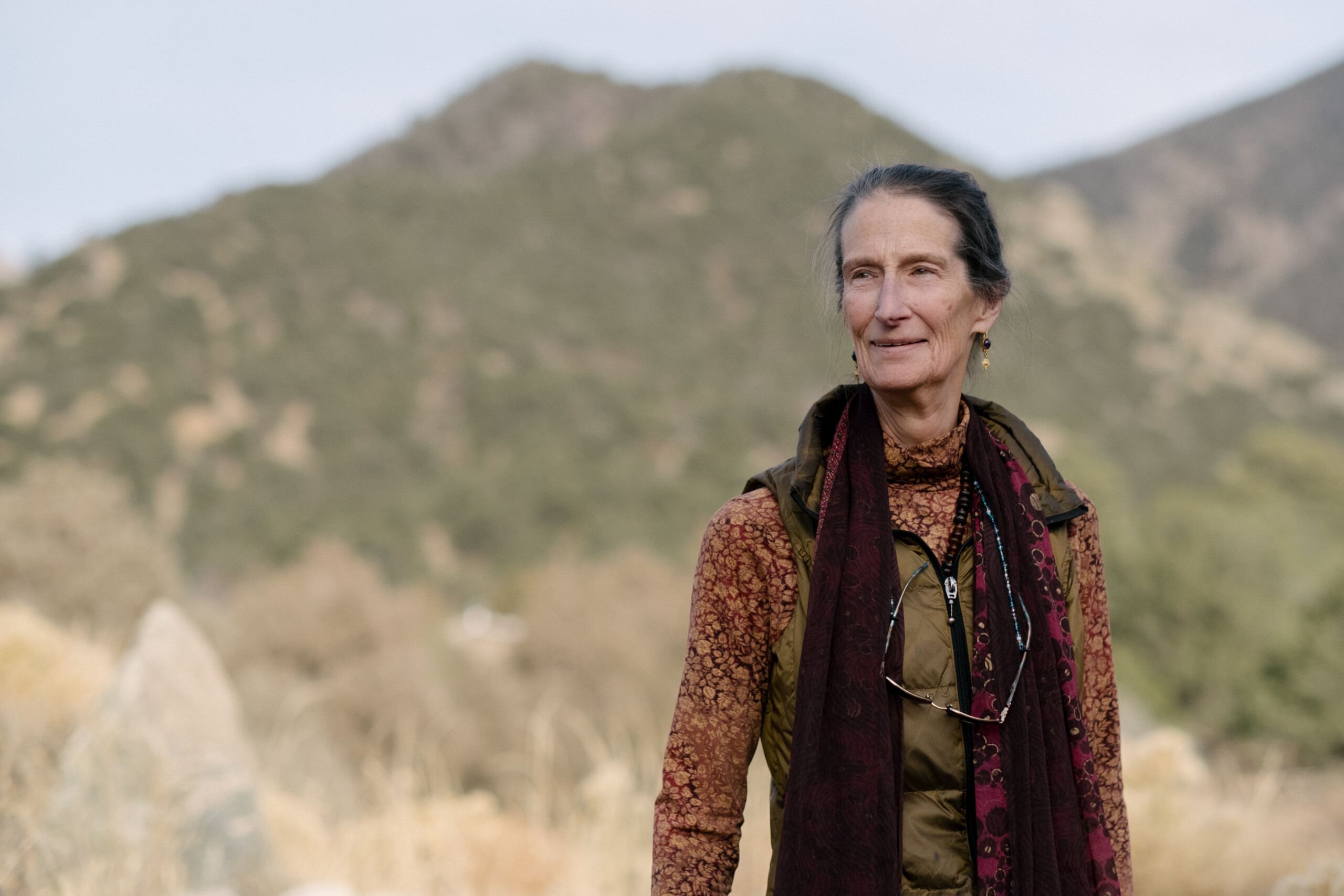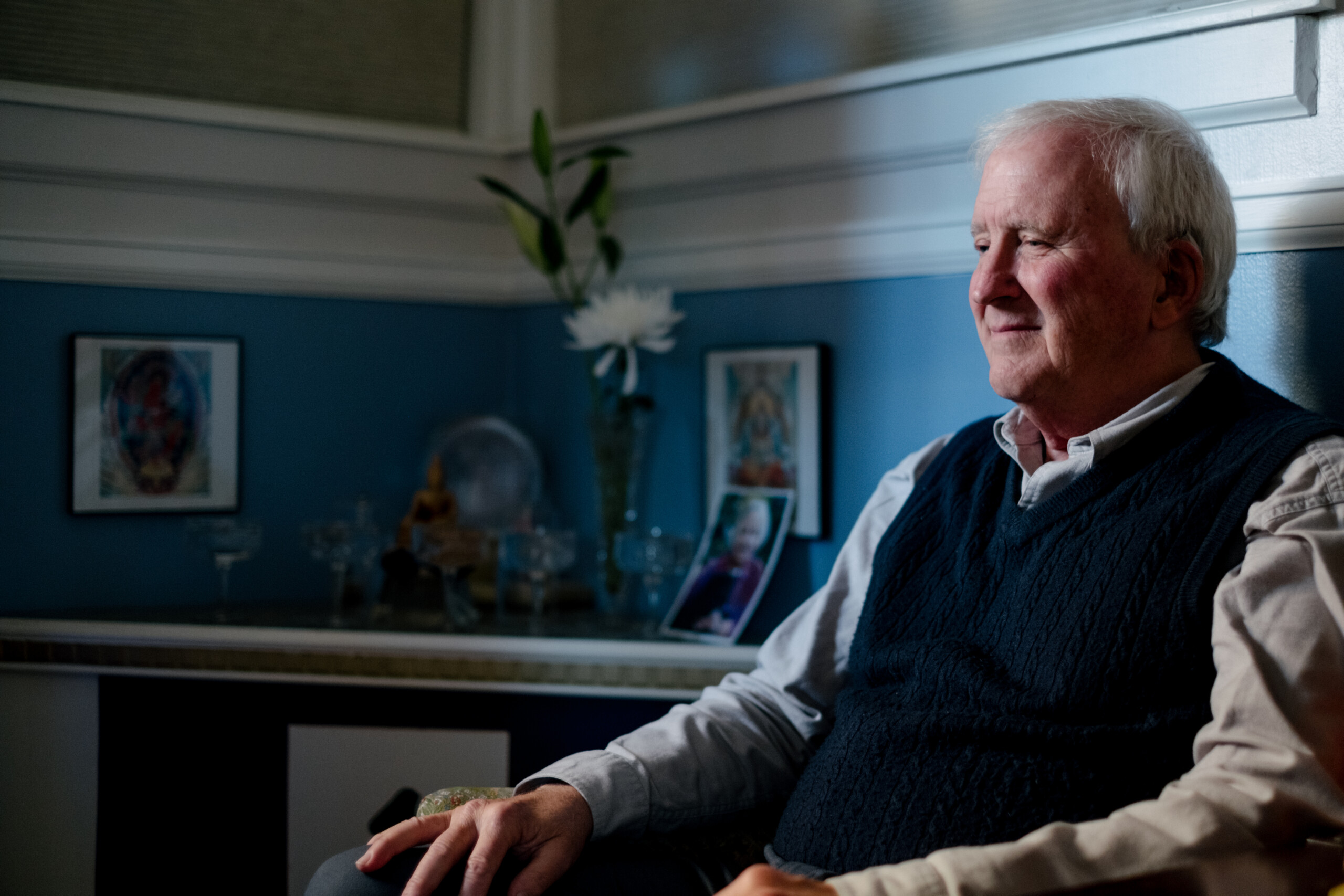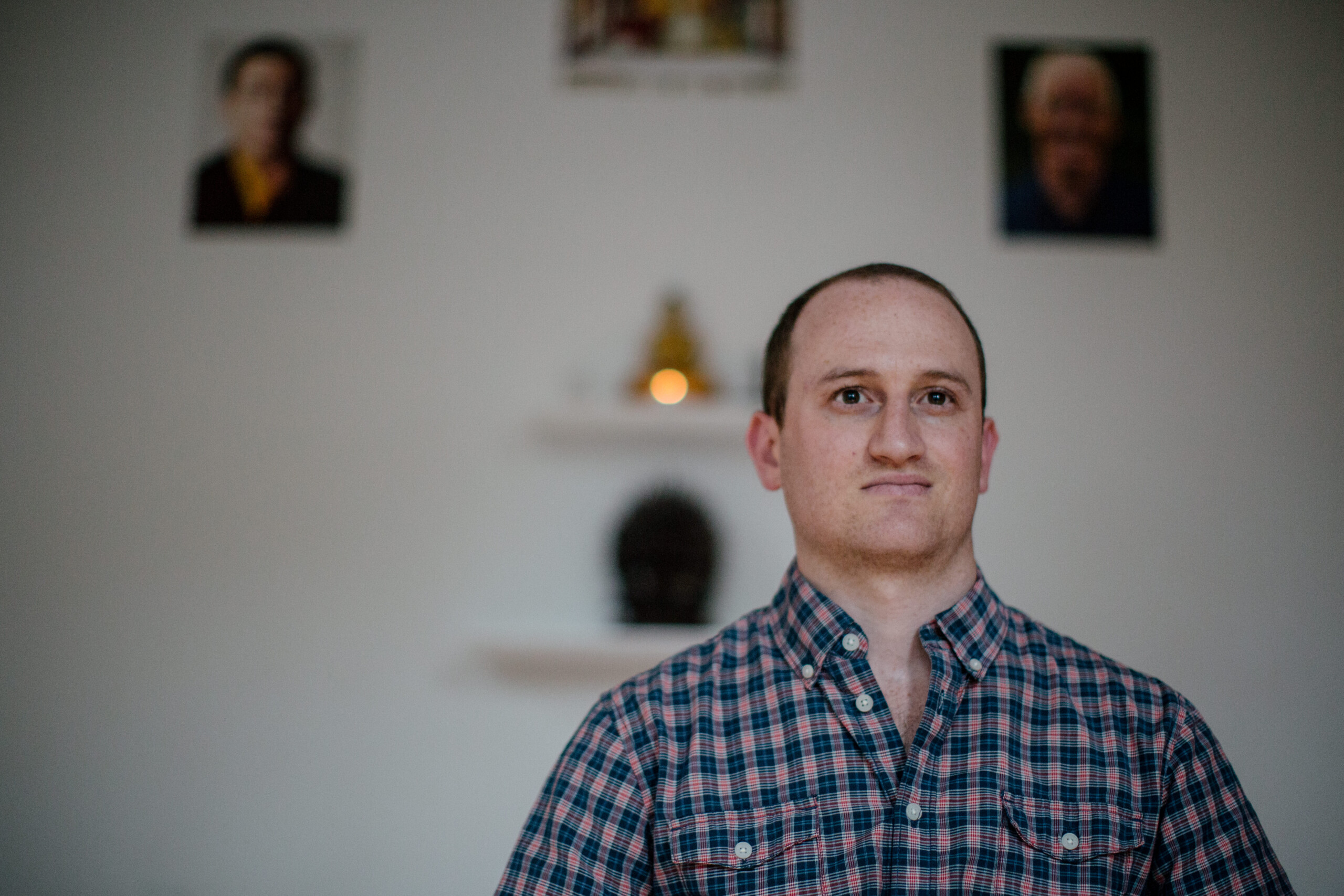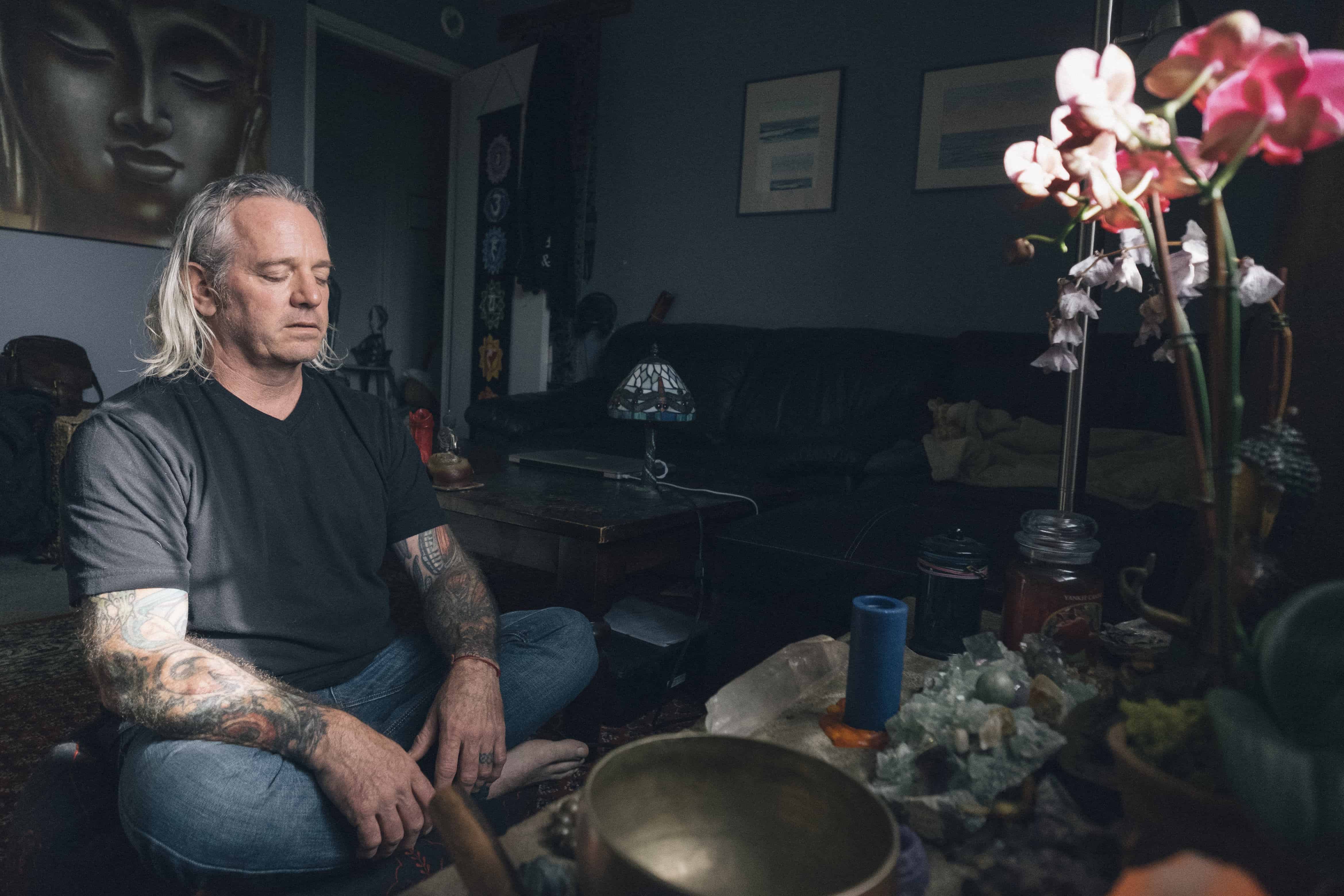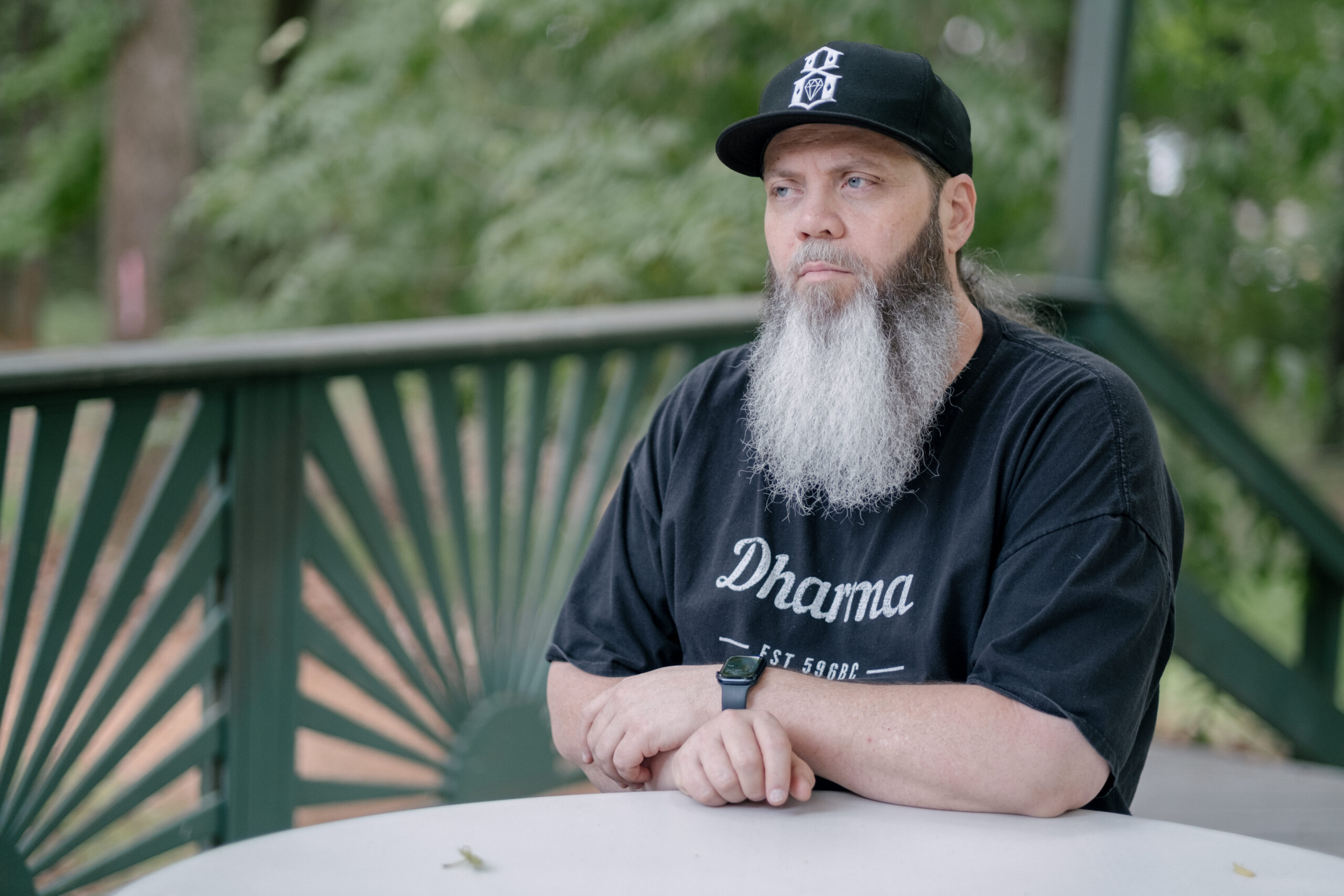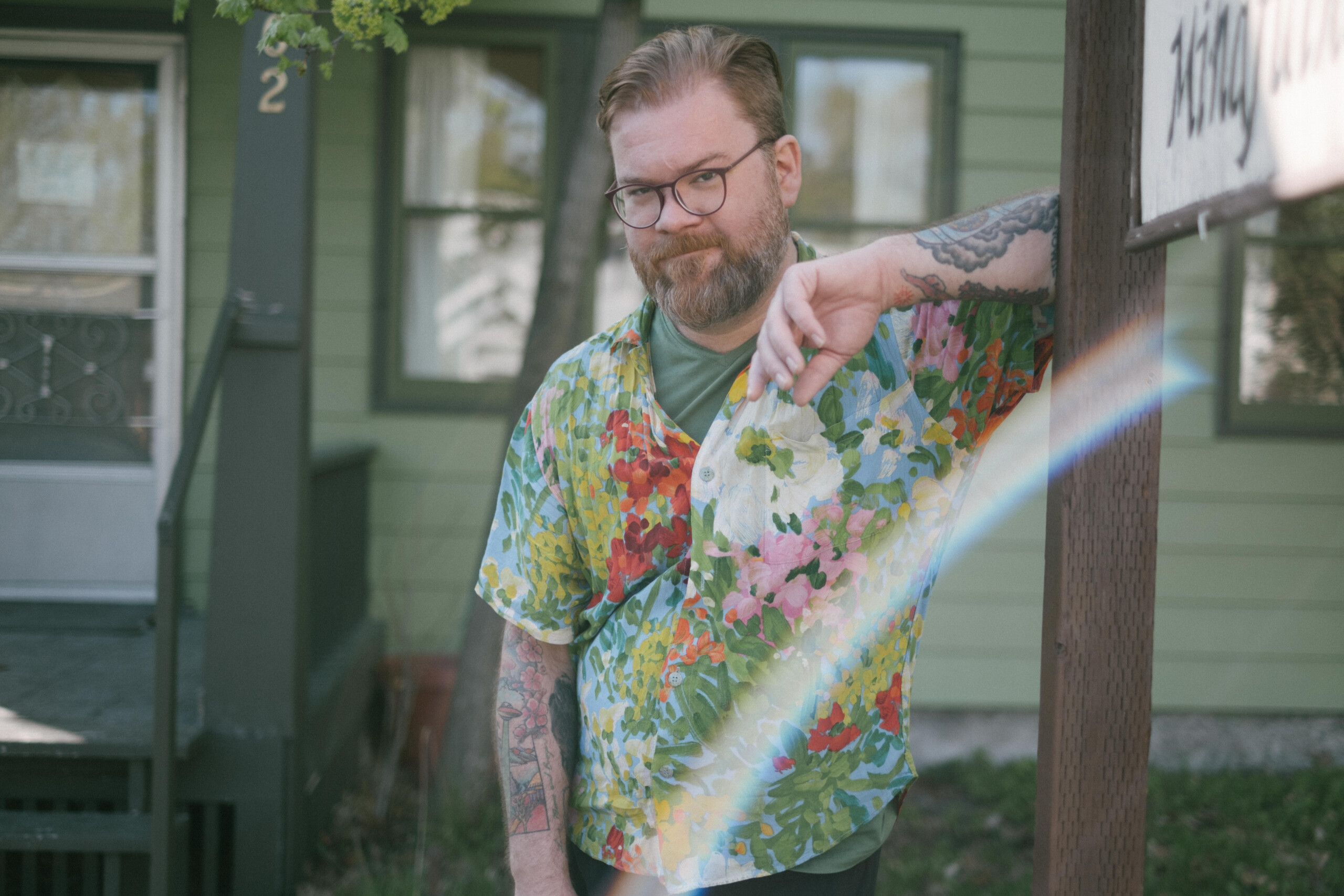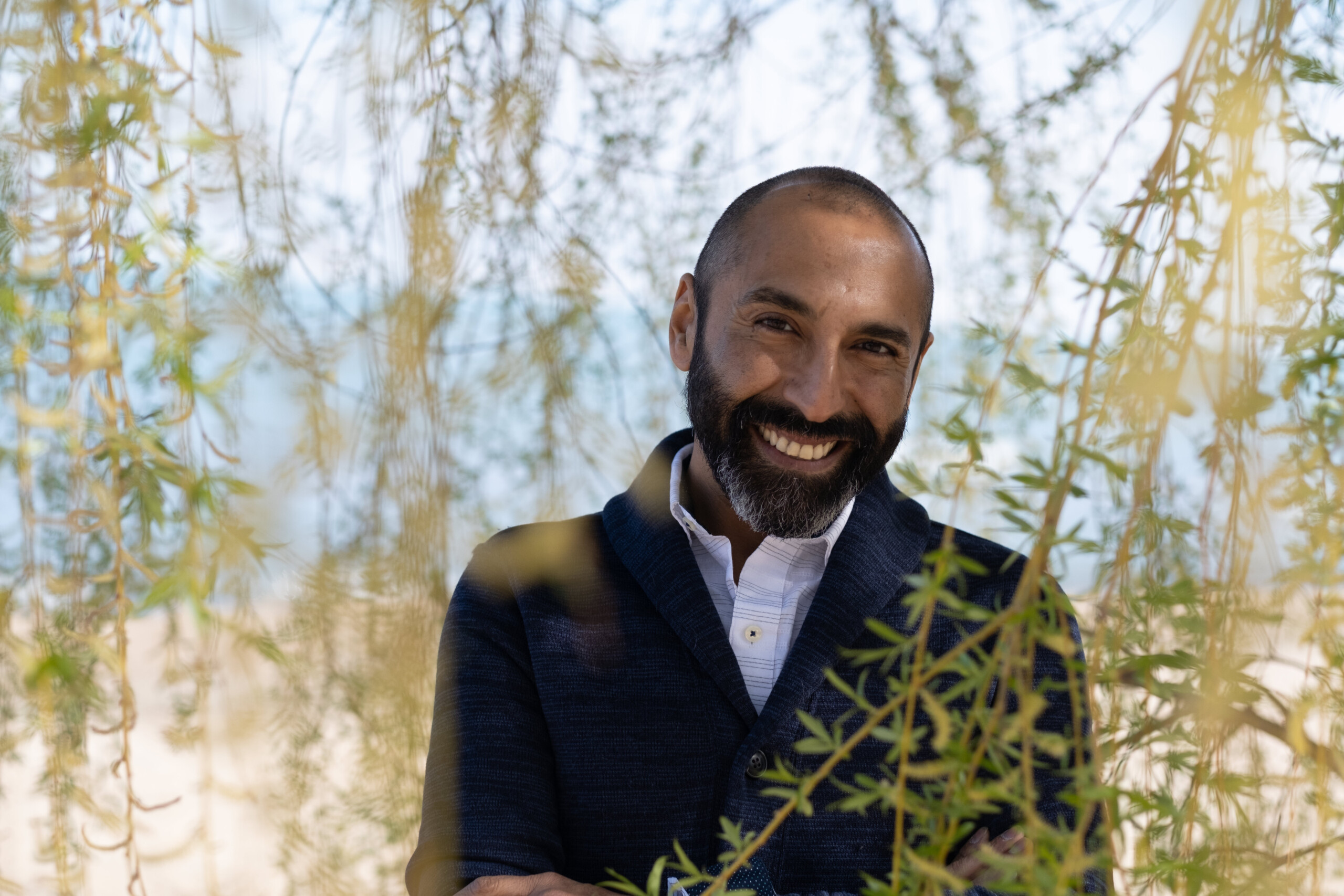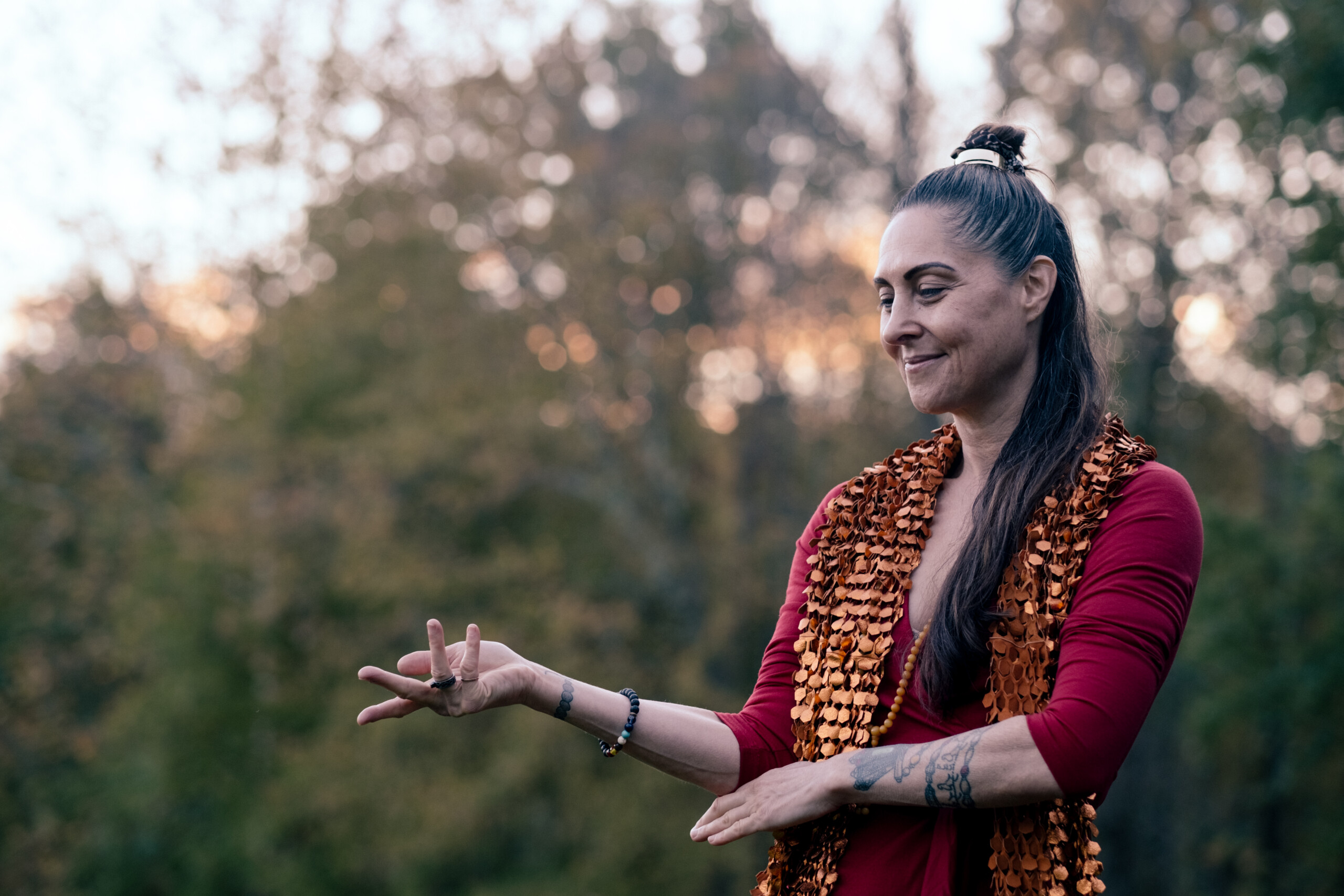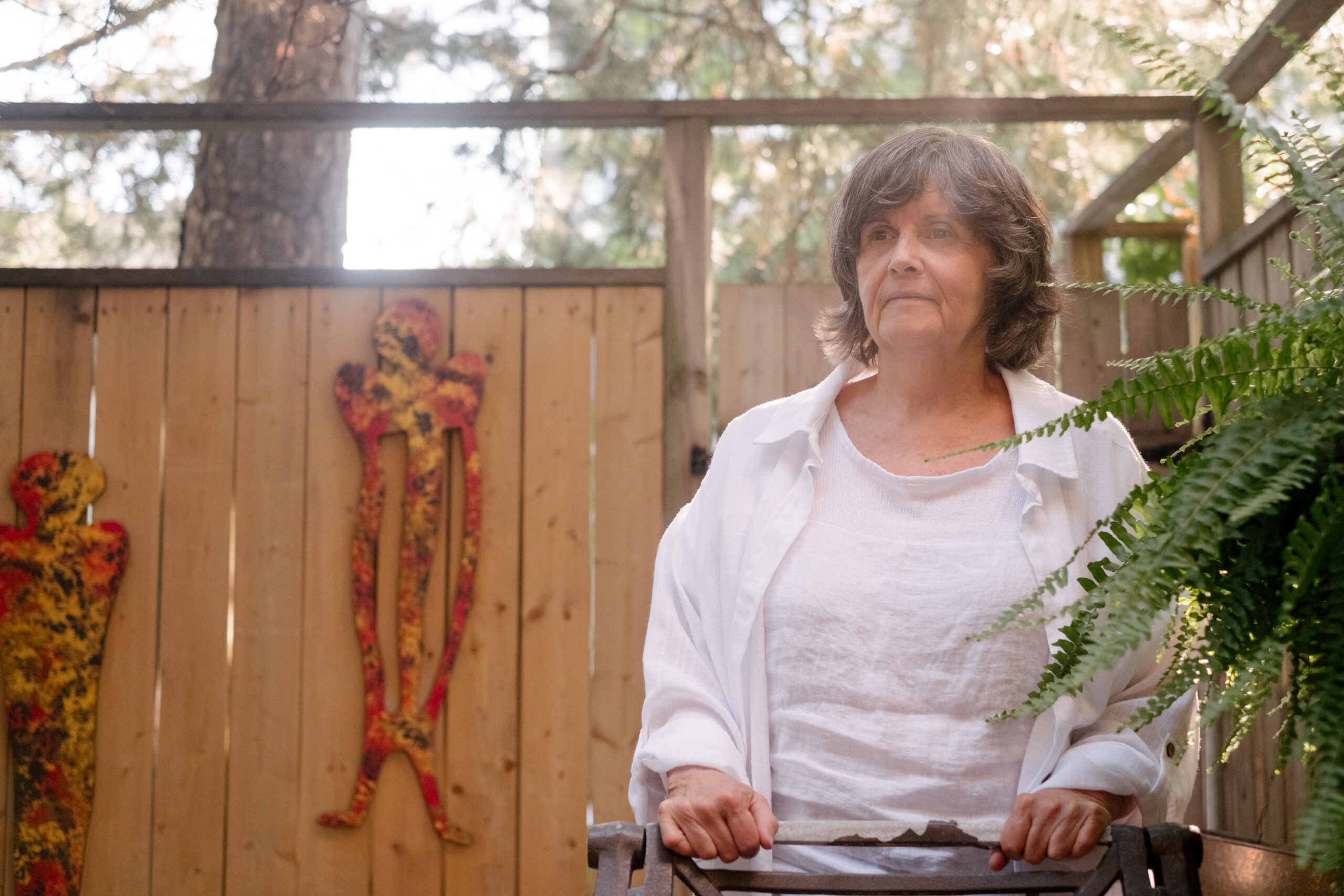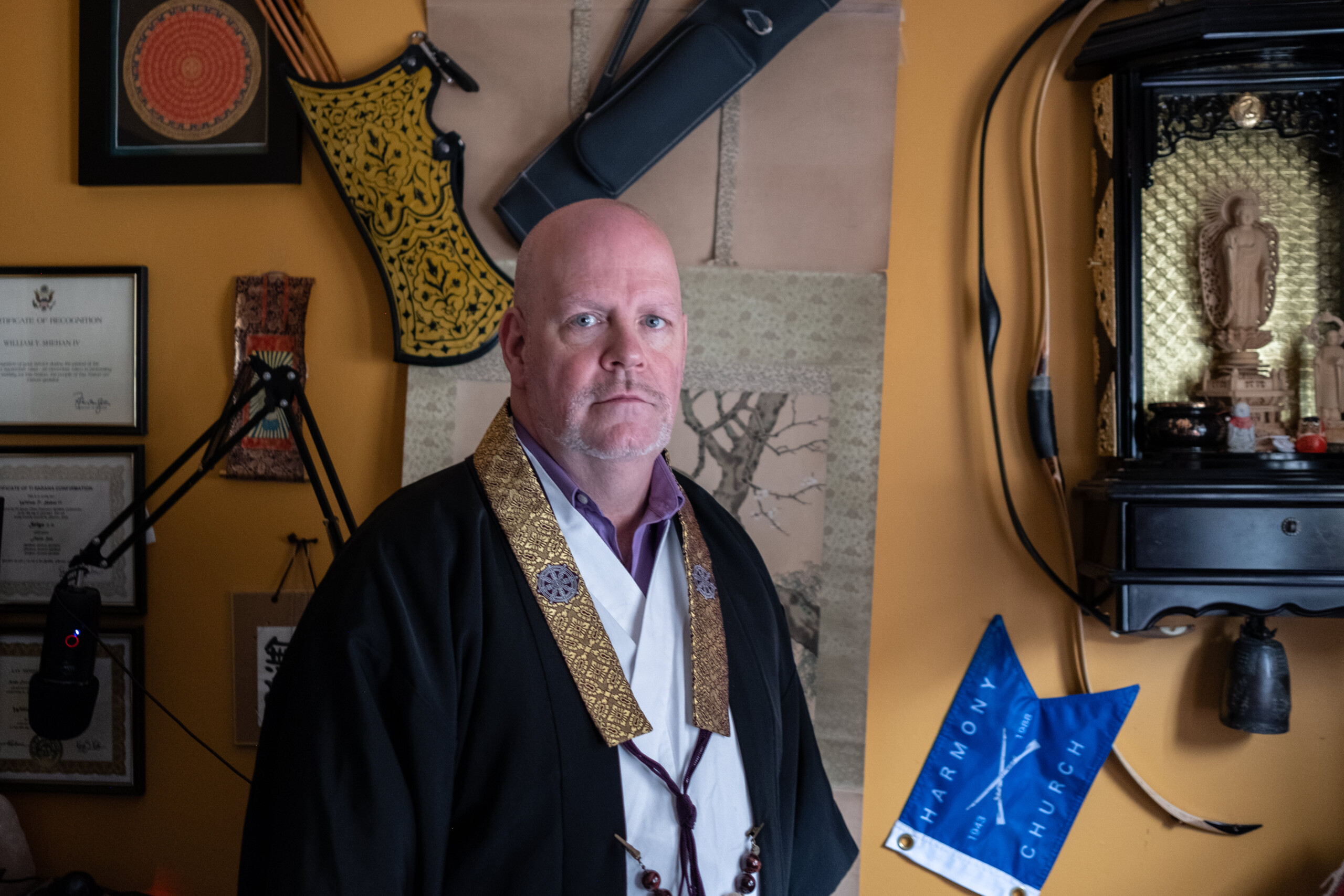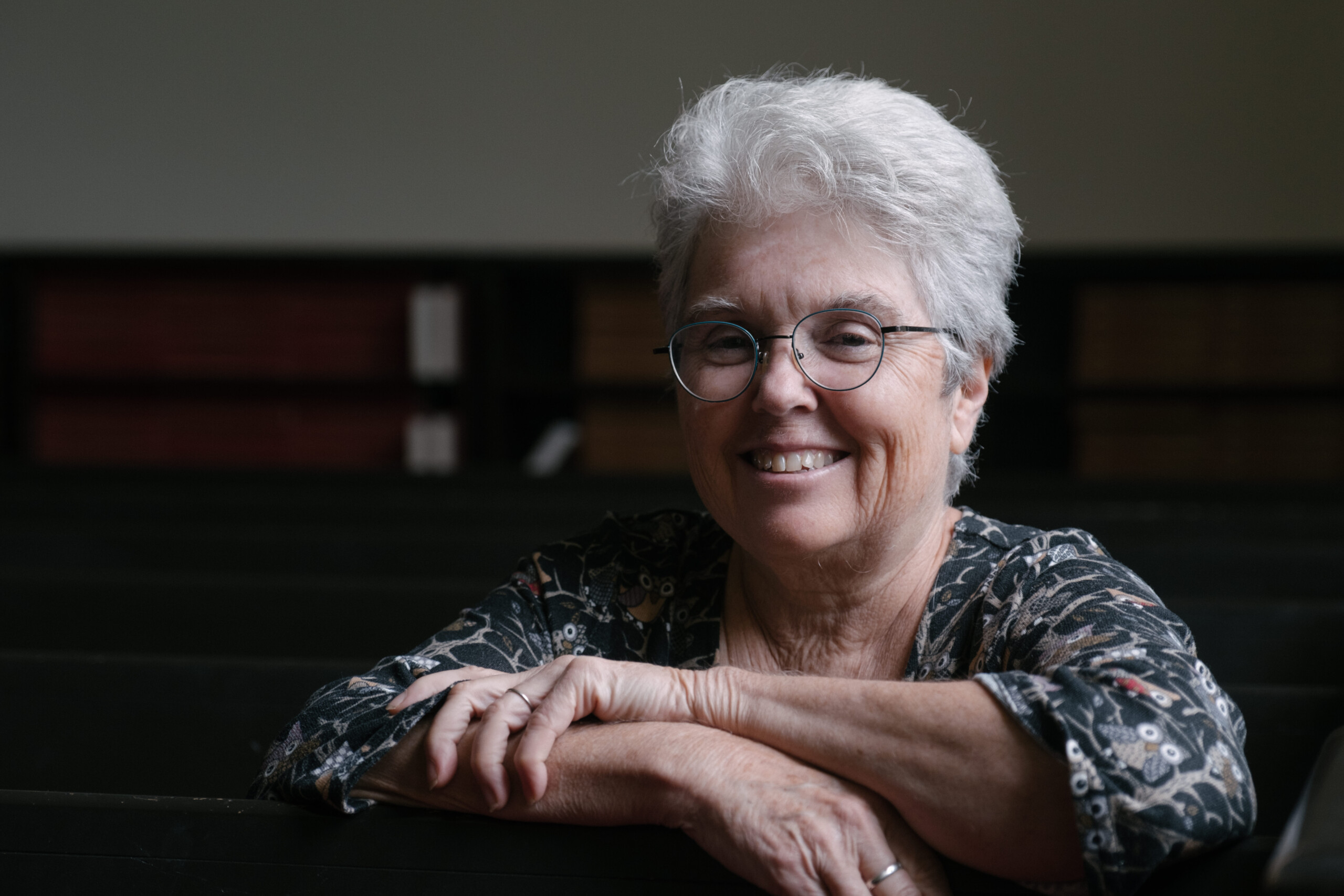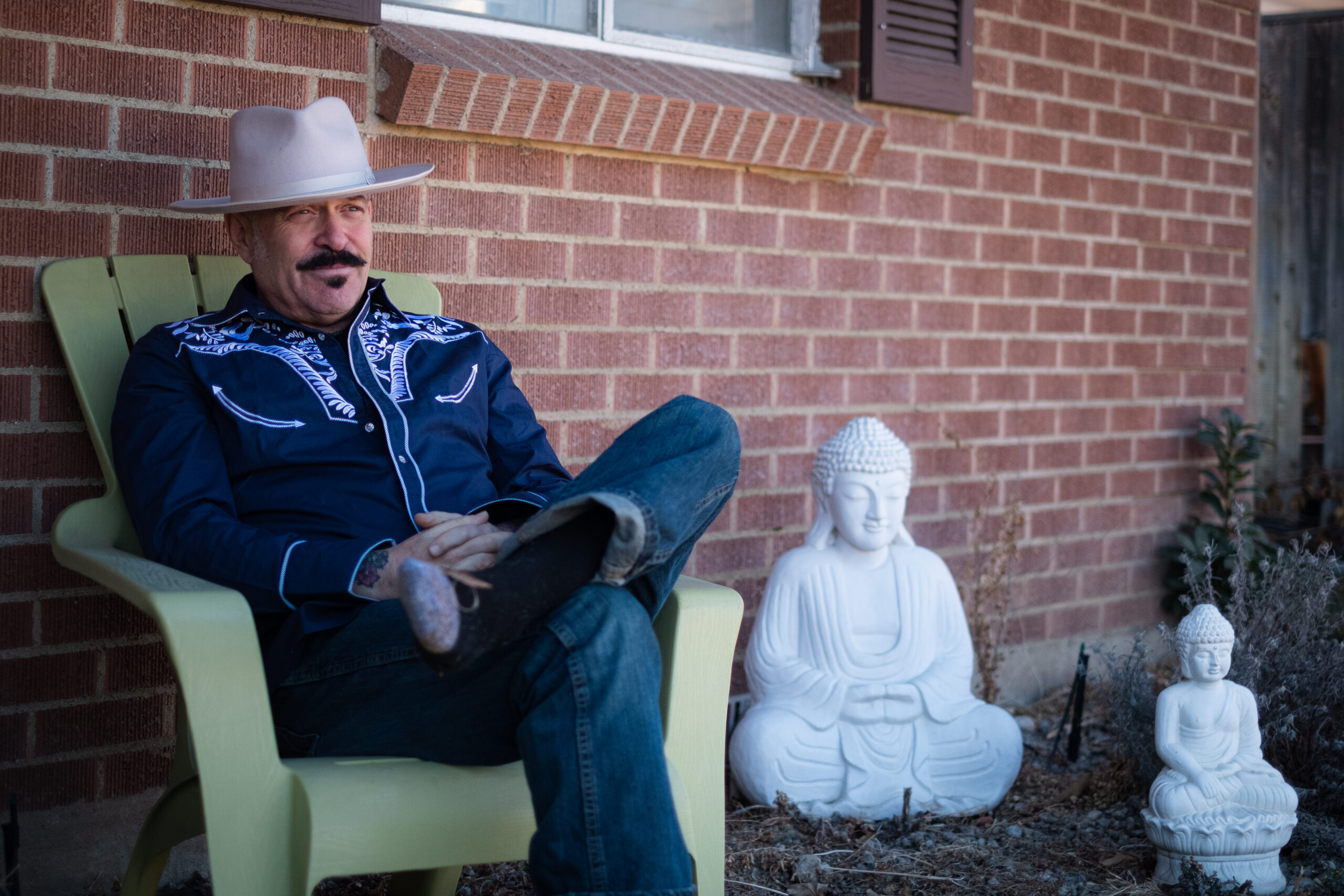Spiritual History
Elinore’s journey through spirituality was one of exploration, introspection, and profound experiences. Raised in the Presbyterian tradition, she found herself drawn to the teachings of Jesus, particularly the essence of compassion and empathy encapsulated in the golden rule. However, she grappled with the disconnect between her religious upbringing and its application in her daily life.
Her spiritual quest led her down various paths, including a period of agnosticism where she delved into the research of near-death experiences. This exploration sparked a realization within her that there was something beyond the material realm, igniting a thirst for deeper understanding and connection.
Elinore’s journey took her through diverse spiritual practices, from Transcendental Meditation to encountering the Sokaigeken tradition in East Africa. Each experience contributed to her evolving understanding of spirituality, but it was Kundalini Yoga that left a profound impact on her. Through the rigorous physical postures, breathing techniques, and mantra chanting, she discovered a new depth of spiritual connection and understanding.
Embracing Sikh Dharma alongside her Kundalini Yoga practice, Elinore found herself immersed in a community that initially offered a sense of belonging and spiritual growth. However, over time, she became disillusioned with what she perceived as cultish tendencies within the community, leading her to reassess her spiritual path once again.
Returning to Christianity, Elinore found solace and purpose within the Presbyterian Church, actively participating in social justice initiatives and community outreach efforts. Yet, it was the experience of her father’s passing that profoundly reshaped her spiritual perspective.
During her father’s final days, Elinore embarked on a deeply transformative journey, guided by her intuition and spiritual practices. Her encounter with the divine during his passing brought her a sense of unity, love, and understanding that transcended the boundaries of earthly existence.
This experience propelled her towards a deeper exploration of Tibetan Buddhism, inspired by the teachings of The Tibetan Book of Living and Dying and her interactions with Buddhist practitioners. Elinore’s journey exemplifies the transformative power of spiritual exploration, resilience in the face of disillusionment, and the quest for profound connection and understanding in the realm of the divine.
Refuge
In December of 1996, Elinore embarked on a profound spiritual journey that would reshape her understanding of spirituality. Attending teachings by Lama Sudhirap-Tarchen Rinpoche at the Karmazang Shambhala Center in Boulder, she was struck by the Lama’s presence, humor, and profound teachings on bodhichitta, a concept she had never encountered before.
The next day, while in a state of reverie contemplating bodhichitta, Elinore had a vision of St. Francis of Assisi merging with her teacher, Lama Turchin. This moment of connection was further affirmed when a squirrel unexpectedly jumped into her lap and performed a ritualistic circumambulation, leaving Elinore in a state of awe and disbelief.
This experience marked a pivotal moment for Elinore, solidifying her conviction that she had found her spiritual path. Embracing the Dhujam Tersar preliminary practices, she delved deeper into Tibetan Buddhism under the guidance of Lama Turchin.
During a banquet, Elinore experienced a profound shower of blessings practice as snowflakes descended around her, symbolizing the blessings she felt bestowed upon her. Additionally, Lama Turchin’s silent blessing for her youngest son left her speechless, reaffirming her belief in the transformative power of the dharma.
As she embraced Tibetan Buddhist practices, including the Vajrasattva mantra for purification, Elinore experienced a profound sense of cleansing and connection to her Buddha nature. These experiences marked significant turning points in her spiritual journey, leading her to embrace Tibetan Buddhism wholeheartedly.
Ngondro
Elinore reflects on the transformative power of Buddhist practices, particularly focusing on rituals like prostrations and mandala offerings. She recalls how initially, these practices seemed ritualistic and obscure from an outsider’s perspective. However, as she delved deeper into them, she experienced a profound shift in her understanding.
Through practices like prostrations, Elinore found herself confronting and overcoming her own pride, a significant obstacle in her spiritual journey. She shares personal anecdotes, such as her tendency to come across as overly confident, and how these practices helped her become more mindful in her interactions.
The mandala offering practice, in particular, brought unexpected joy and generosity into Elinore’s life, teaching her the value of genuine joy and its connection to generosity.
Additionally, Elinore discusses the significance of the guru-student relationship in Vajrayana Buddhism, emphasizing the importance of developing faith through personal inquiry and connection with the teacher. She explains how these practices gradually lead to a more spacious awareness and equanimity, allowing for more thoughtful and compassionate responses to life’s challenges.
Personal Adversity
Elinore experienced the profound loss of her youngest son, who battled schizophrenia and tragically passed away in 2012. Despite the immense pain of his illness and eventual passing, Elinore found solace in the connection her son had to the Dharma, even amidst his struggles. She reflected on his ability to find solace in the teachings, even during his most challenging moments.
Navigating her grief, Elinore found support and solace in the Buddhist tradition, particularly during the passing of Lama Tindley Norbu Rinpoche. Attending prayers and practices at a Dharma center, she felt a sense of connection to her son’s spirit and the expansive, open mind of the late Lama.
Through the lens of Buddhism, Elinore found a way to process her grief without succumbing to guilt or regret. Embracing the teachings of the Dharma, she celebrated her son’s life and aspired for his continued journey beyond this realm.
In a poignant Christian service honoring her son’s memory, Elinore facilitated a meditation on loving-kindness, inviting everyone to send their love to her son. In a remarkable moment, her niece, with extrasensory perception, witnessed her son’s manifestation during the meditation, clad in medieval armor, symbolizing his fighting spirit and competitive nature.
Through her ongoing connection with the Dharma, Elinore found comfort in the belief of a continuous mind stream, allowing her to maintain a connection with her son beyond the physical realm. With aspirational wishes for his enlightenment and liberation, Elinore continues to honor her son’s memory and finds solace in the enduring bond they share.
Karma
Elinore delves into the intricacies of karma, a term she notes has become increasingly familiar in Western discourse, particularly since the 1960s counterculture movements. To her, karma embodies the fundamental principle of cause and effect, encompassing not just actions but also thoughts, reflecting a nuanced understanding that echoes Buddhist philosophy.
Drawing from her upbringing in the Christian faith, Elinore reflects on the concept of sin, which she acknowledges as analogous to negative karma. However, she notes a profound shift in perspective upon encountering Buddhism. While Christianity often emphasizes the notion of original sin, Elinore finds solace in the Buddhist belief in original goodness, a pristine essence obscured by negative actions rather than inherently flawed.
This shift offers Elinore a liberating view of her own past actions and experiences. Rather than dwelling in guilt or regret, she embraces the notion of karma as a dynamic force, one that allows for the accumulation of merit through virtuous deeds and the purification of negative imprints through practices like the Vajrasattva mantra.
Furthermore, Elinore explores the implications of karma in her own life, recognizing the privilege and opportunities she has been afforded. Instead of succumbing to feelings of unworthiness or guilt, she reframes her circumstances as manifestations of positive karma, prompting a deep sense of gratitude and a desire to pay it forward.
Through her journey, Elinore discovers a profound sense of agency and empowerment. By consciously cultivating positive karma and actively purifying negative imprints, she navigates life with purpose and intentionality. This newfound understanding not only transforms her relationship with herself but also shapes her interactions with others and her approach to the world at large.
Practice
In Elinore’s reflection on spiritual practice, she emphasizes the transformative power of meditation, irrespective of religious affiliation. Through consistent meditation, she suggests, individuals can experience a profound sense of freedom, gradually expanding into their daily lives. Drawing from her personal journey, she contrasts her experiences with different meditation traditions, highlighting the palpable progress she found in Vajrayana Buddhist practice.
Elinore explains the intricate elements of deity practices within Vajrayana, shedding light on their symbolic significance and transformative potential. These practices, she asserts, aim to dismantle the illusion of permanence and ego, fostering a deeper understanding of impermanence and interconnectedness. Through visualization and mantra recitation, practitioners engage in a process of self-transformation, aligning with the sacred and cultivating compassion for all beings.
Moreover, Elinore delves into the concept of dedication and the importance of integrating meditation experiences into daily life. She emphasizes the need for sincerity and dedication in spiritual practice, likening it to extinguishing a metaphorical fire, urging practitioners to approach their journey with utmost diligence.
Overall, Elinore’s insights offer a profound understanding of the multifaceted nature of spiritual practice, emphasizing its potential to liberate individuals from suffering and cultivate a sense of profound interconnectedness and compassion.
Motivation and Sangha
Elinore reflects on the serendipitous journey that led to the establishment of the Palaeo Dharma Center, marveling at the interconnectedness of circumstances. It all began with a chance encounter through a neighbor, leading to transformative energy healing sessions and a profound meeting with the Dalai Lama. These experiences sparked a collective interest in Buddhist practice among her friends, eventually culminating in the formation of their local sangha.
She emphasizes the concept of tendril, highlighting the interconnectedness of events that pave the way for positive outcomes. Elinore shares anecdotes about the importance of motivation in spiritual practice, stressing that genuine intentions ultimately guide one’s actions. She draws from Buddhist teachings on skillful means, noting the importance of adapting advice to suit individual needs rather than rigidly adhering to fixed notions of right and wrong.
Overall, Elinore’s narrative underscores the power of intention, interconnectedness, and adaptability in the pursuit of spiritual growth and community building.
Relationships
Elinore reflects on her husband John’s journey from Catholicism to agnosticism and his unwavering support for her Buddhist practice. Initially, Elinore was more rigid in her views, but over time, she learned to let go and embrace a more open-minded perspective. Despite John’s agnostic beliefs, he wholeheartedly supports Elinore’s spiritual path and is deeply interested in her experiences.
Their relationship evolved from friendship to marriage, with Elinore crediting the blessings of her Buddhist practice for the happiness they share. Initially hesitant about the idea of dating John due to perceived differences, Elinore’s retreat experience opened her mind to new possibilities. Now, she marvels at the depth of John’s support, especially during times of personal loss and trauma.
Elinore’s story highlights the transformative power of openness, friendship, and spiritual connection within the context of a loving relationship.



